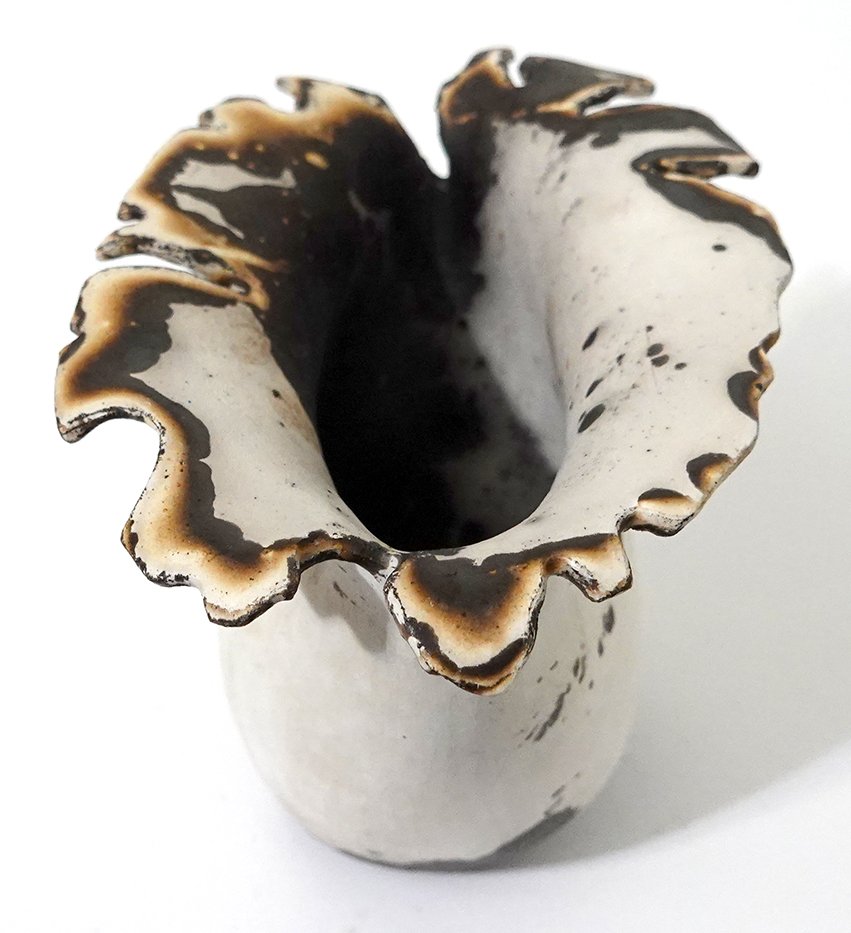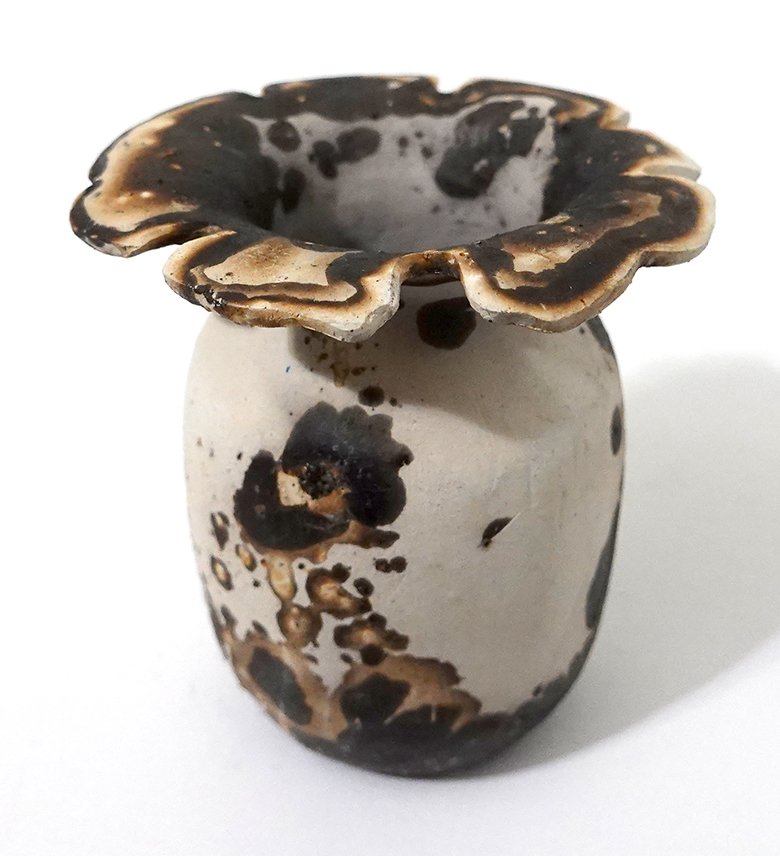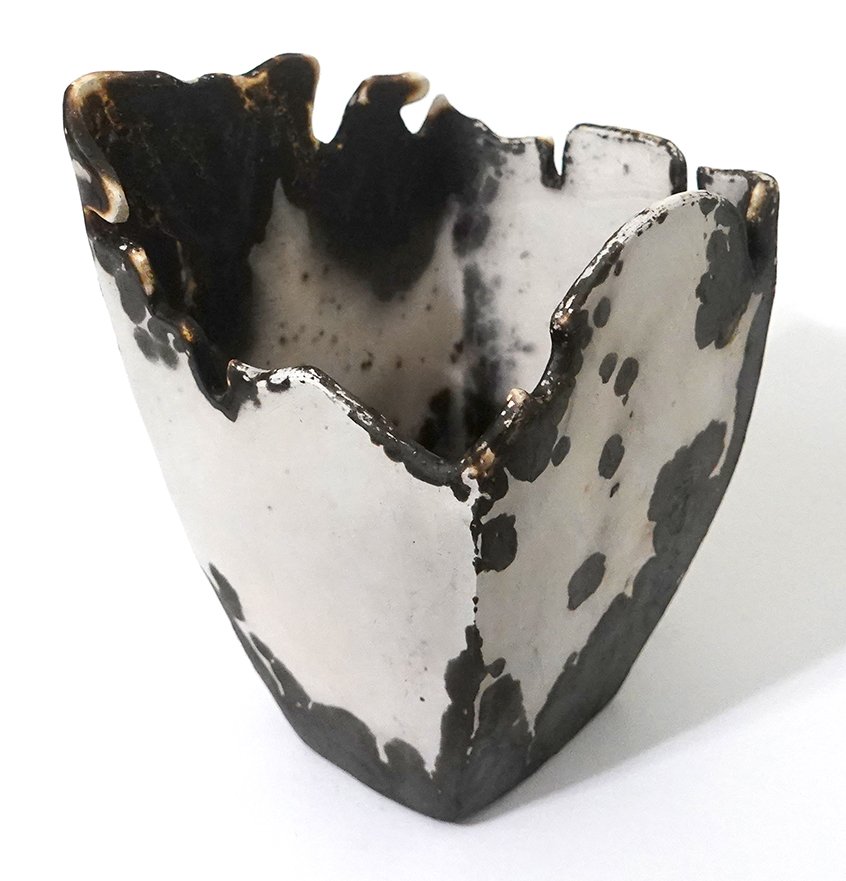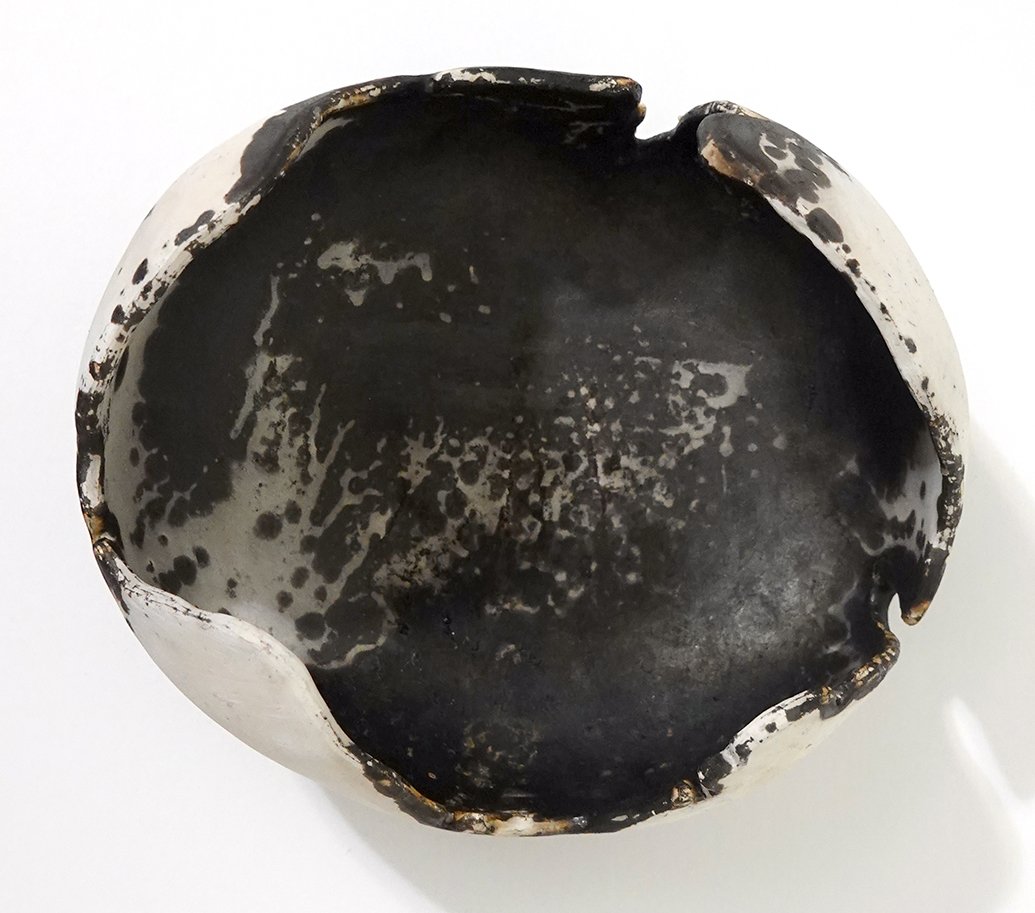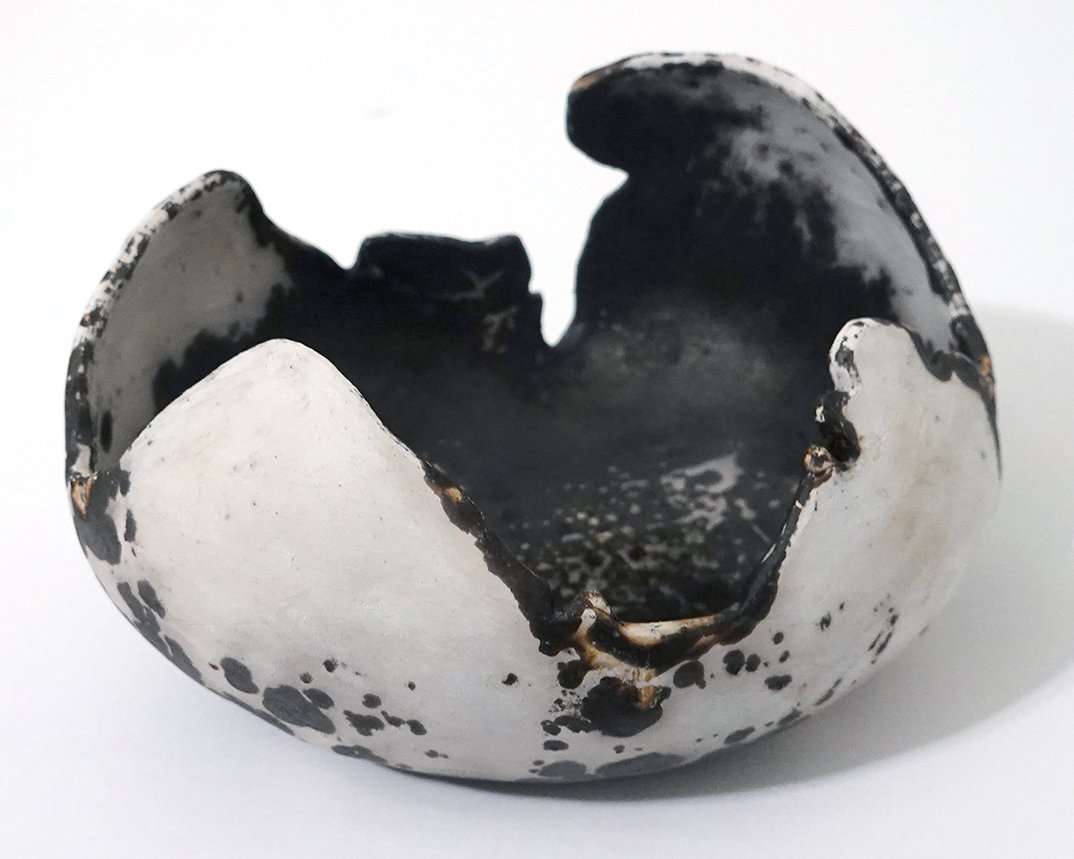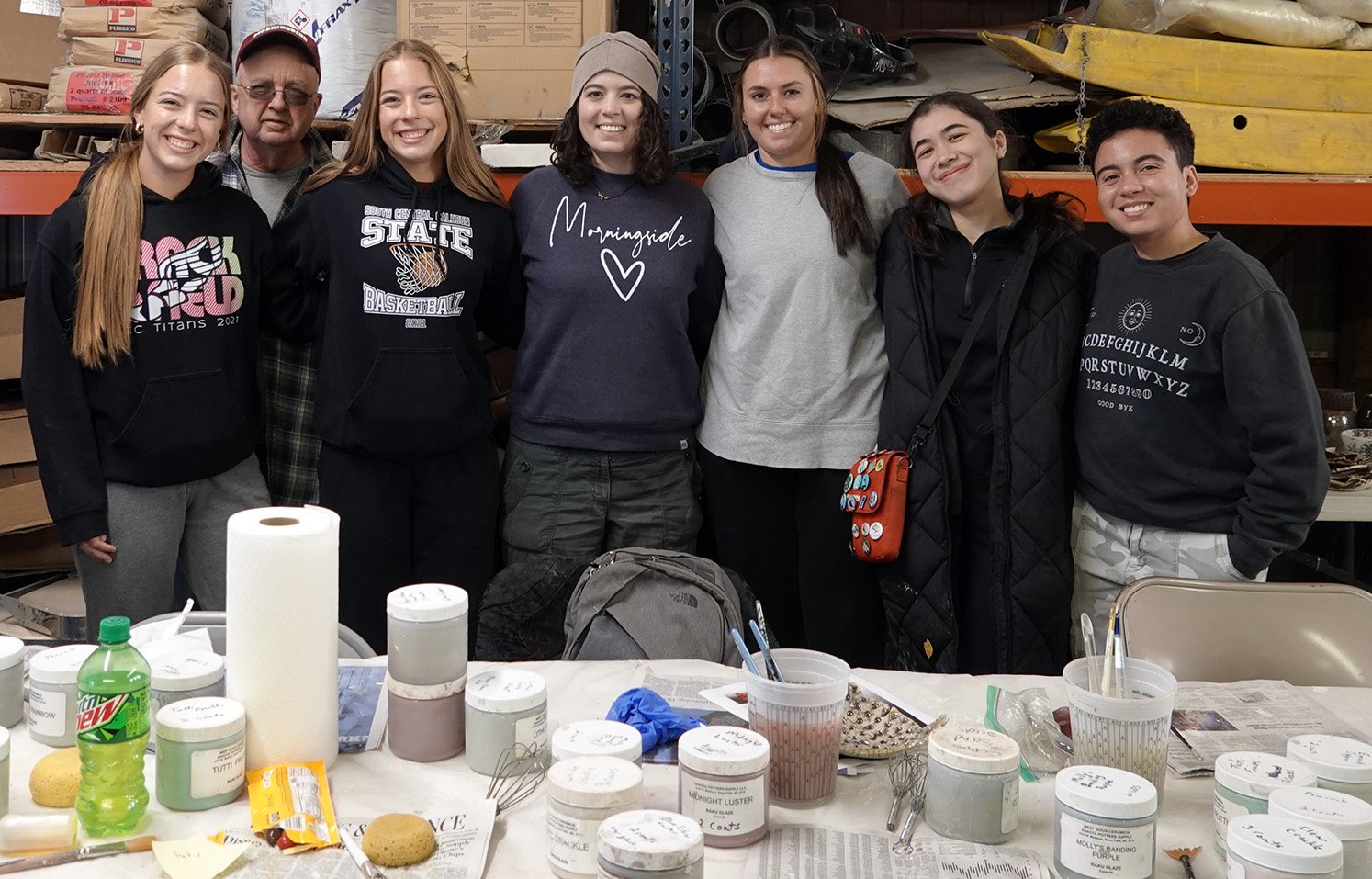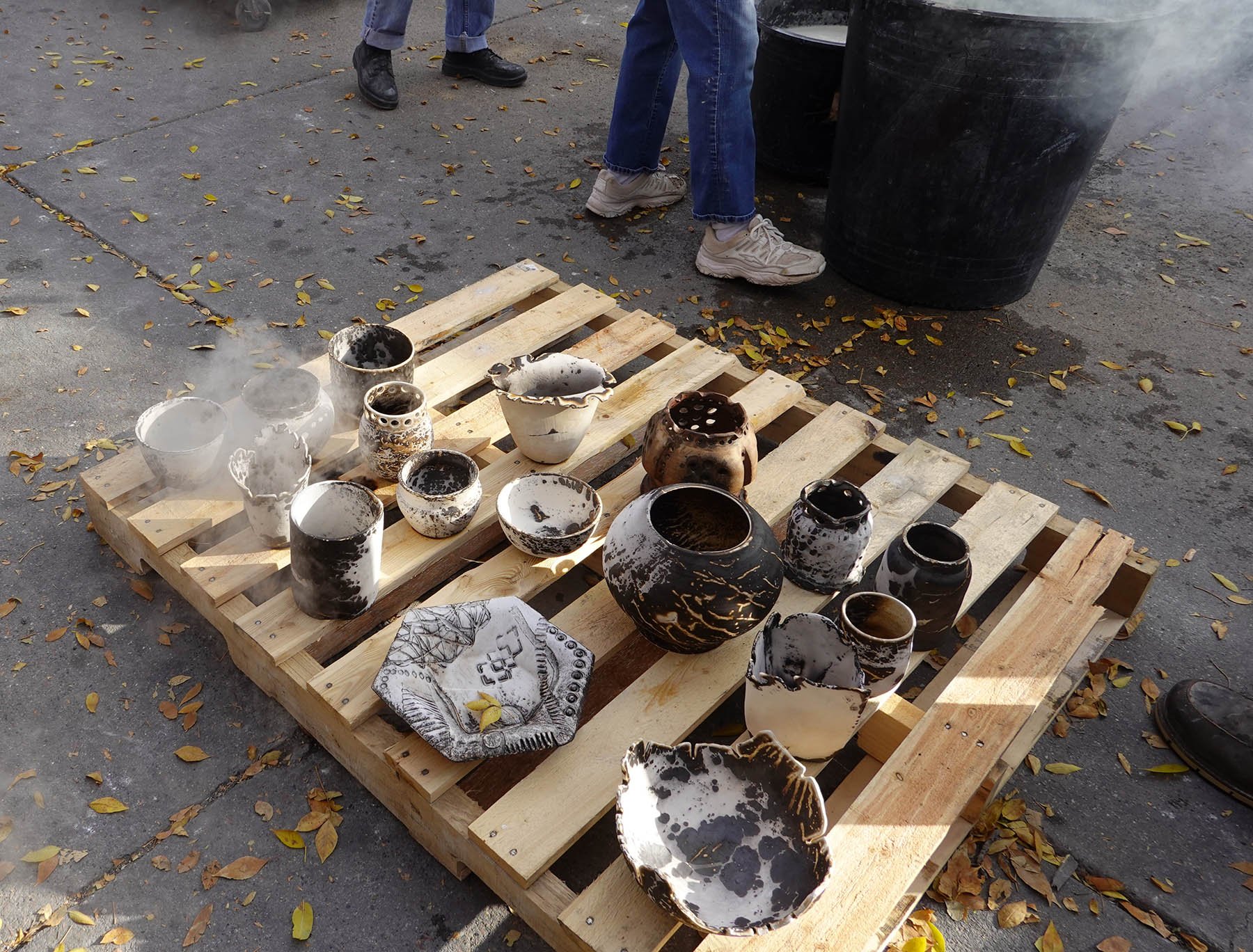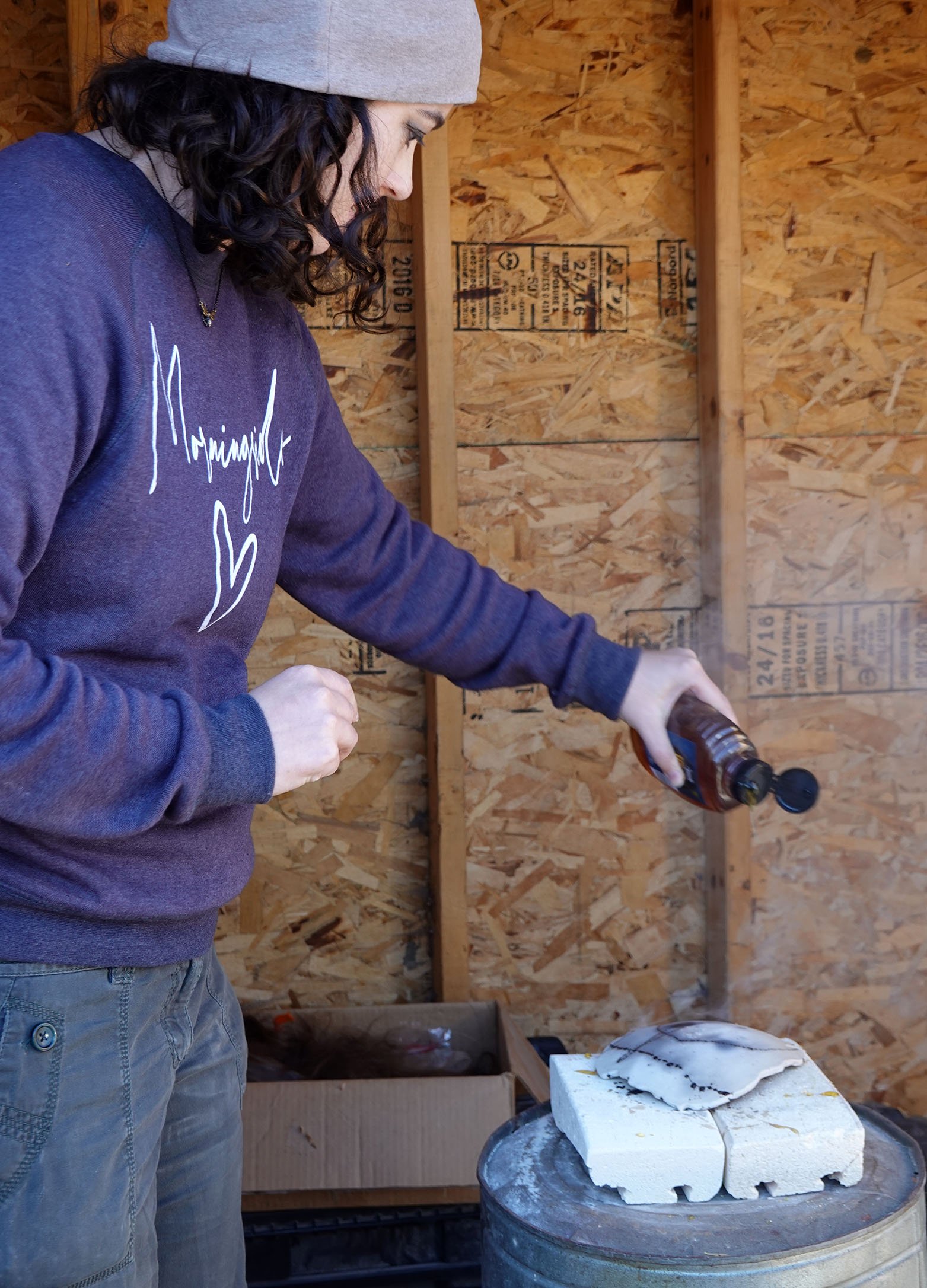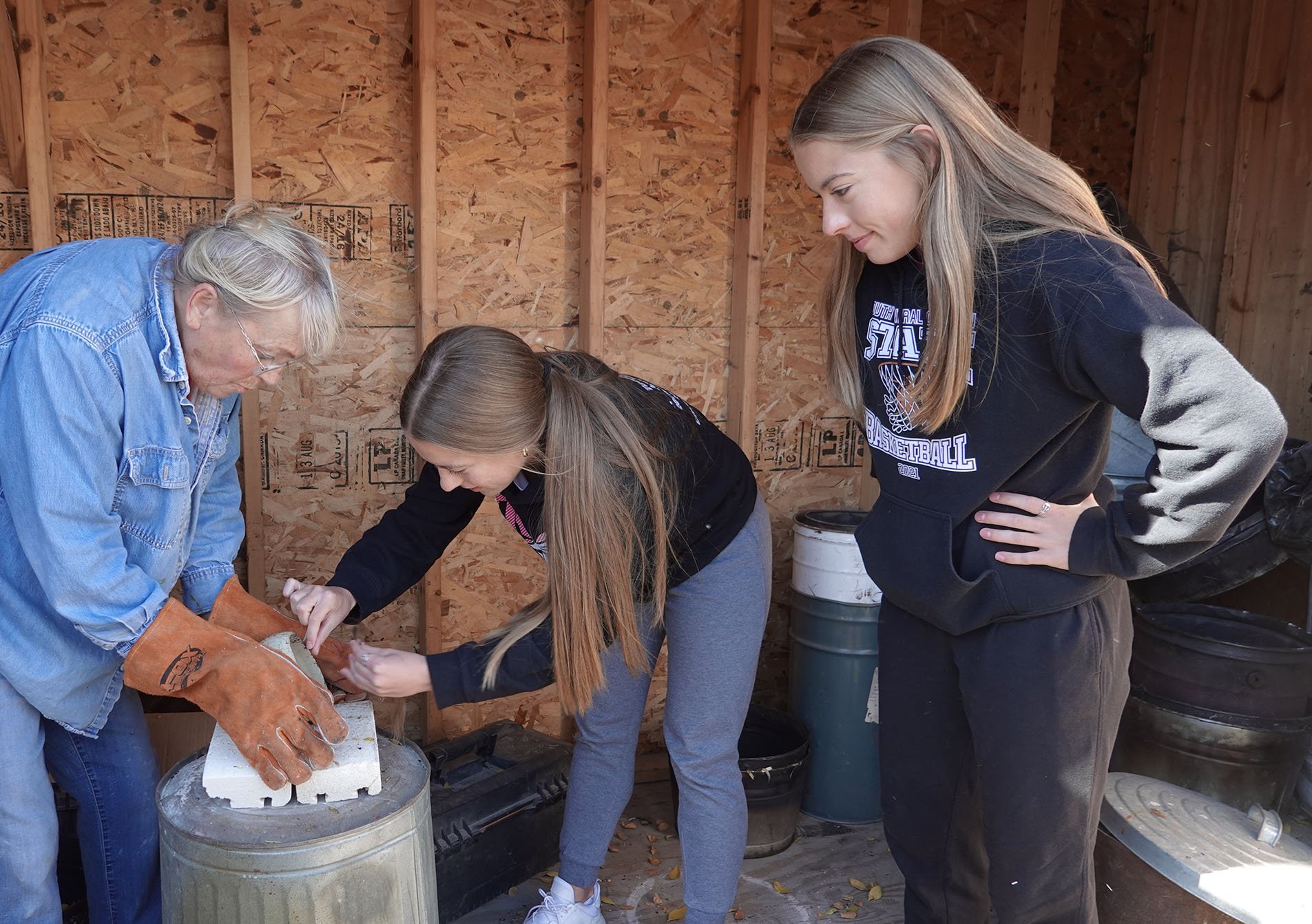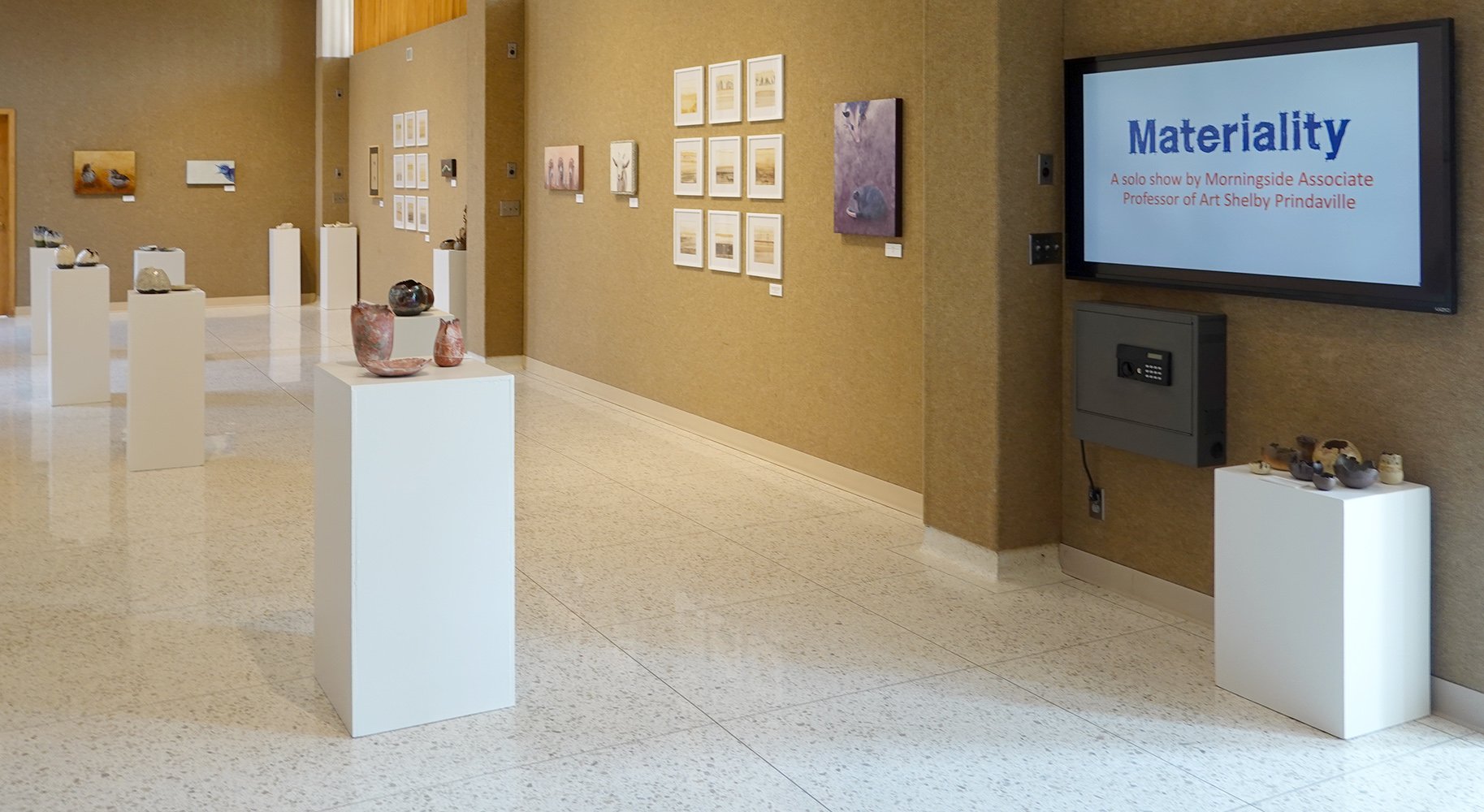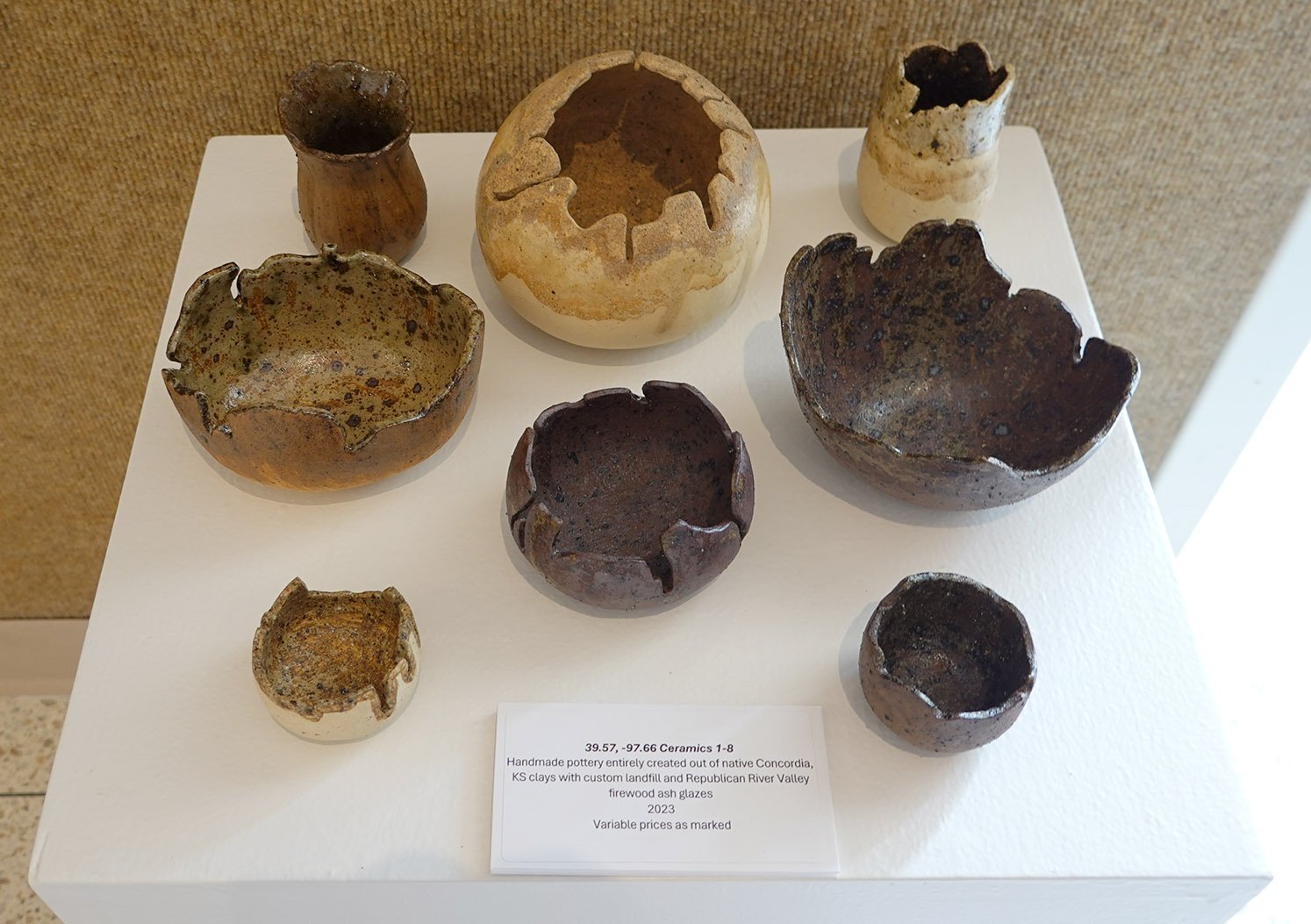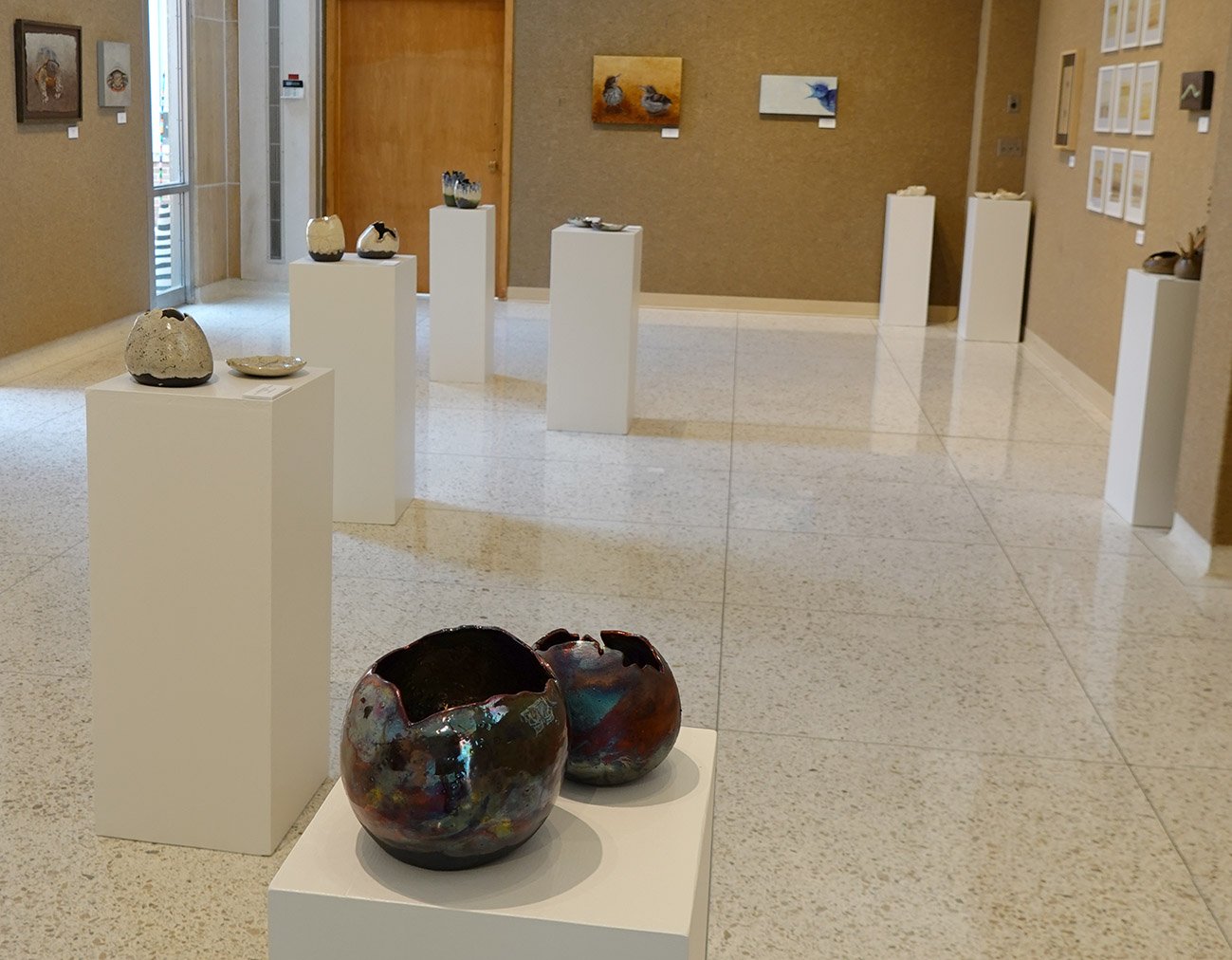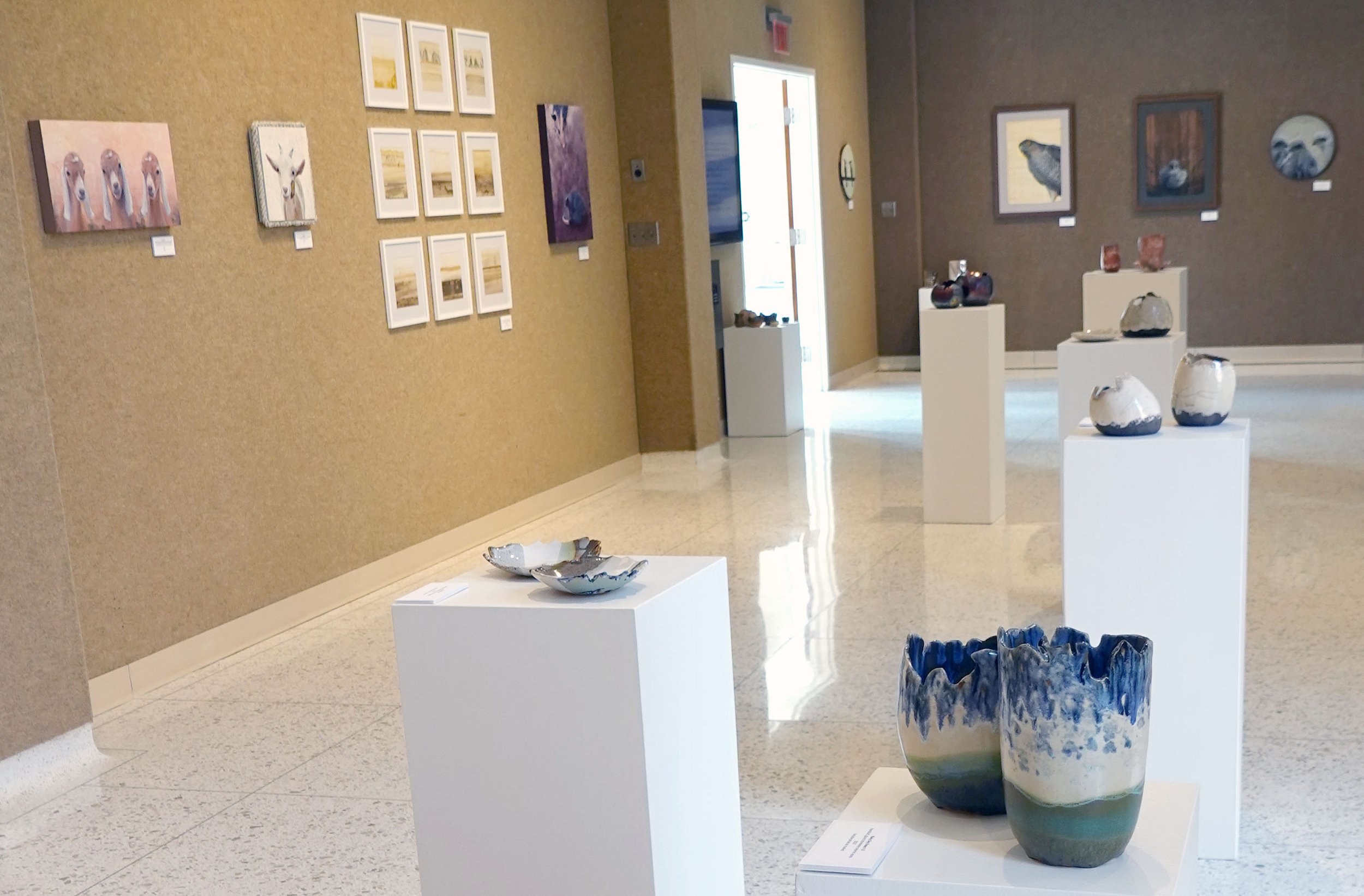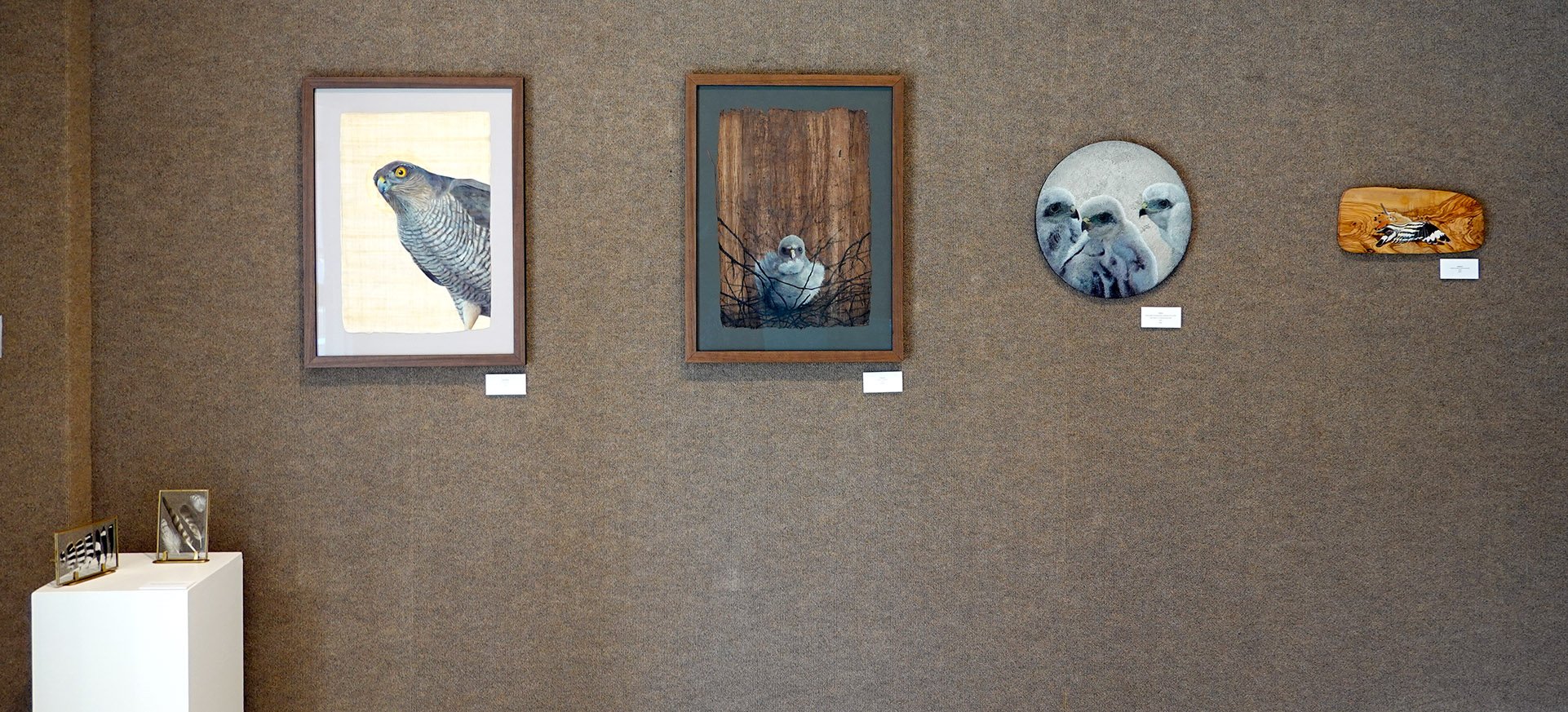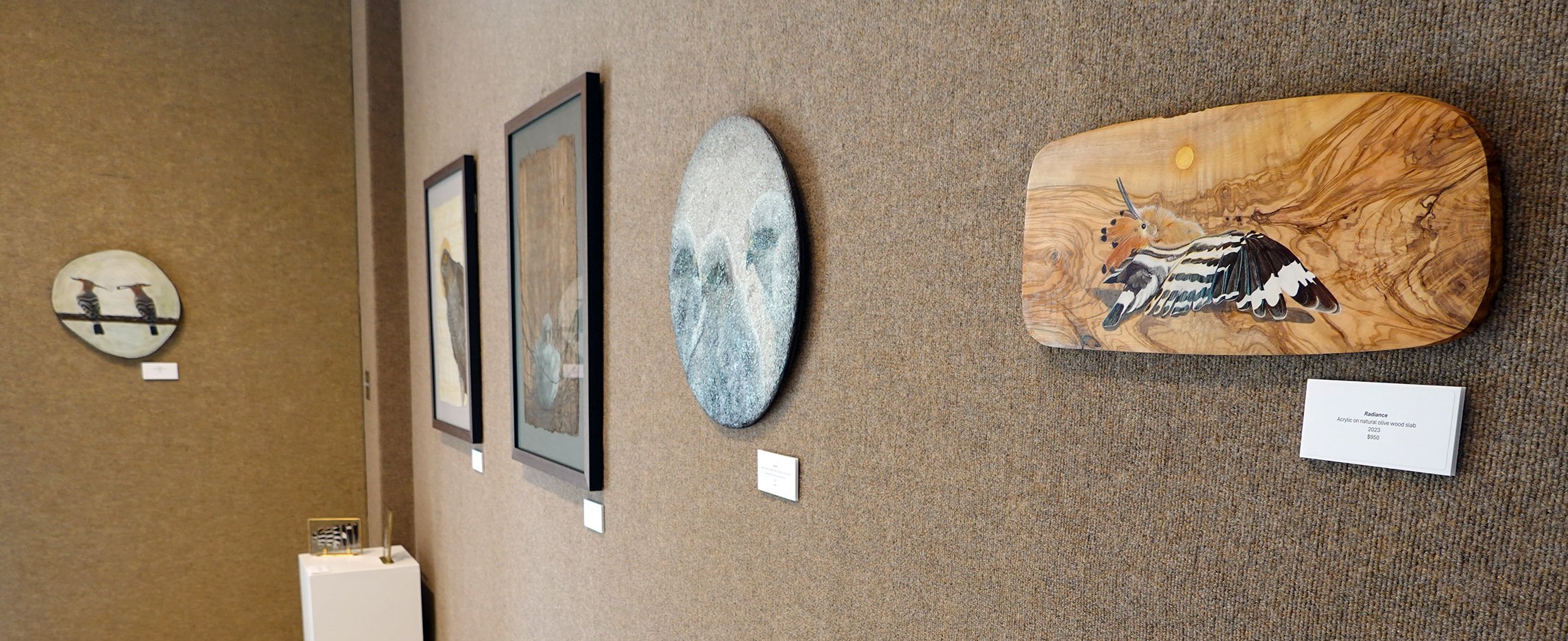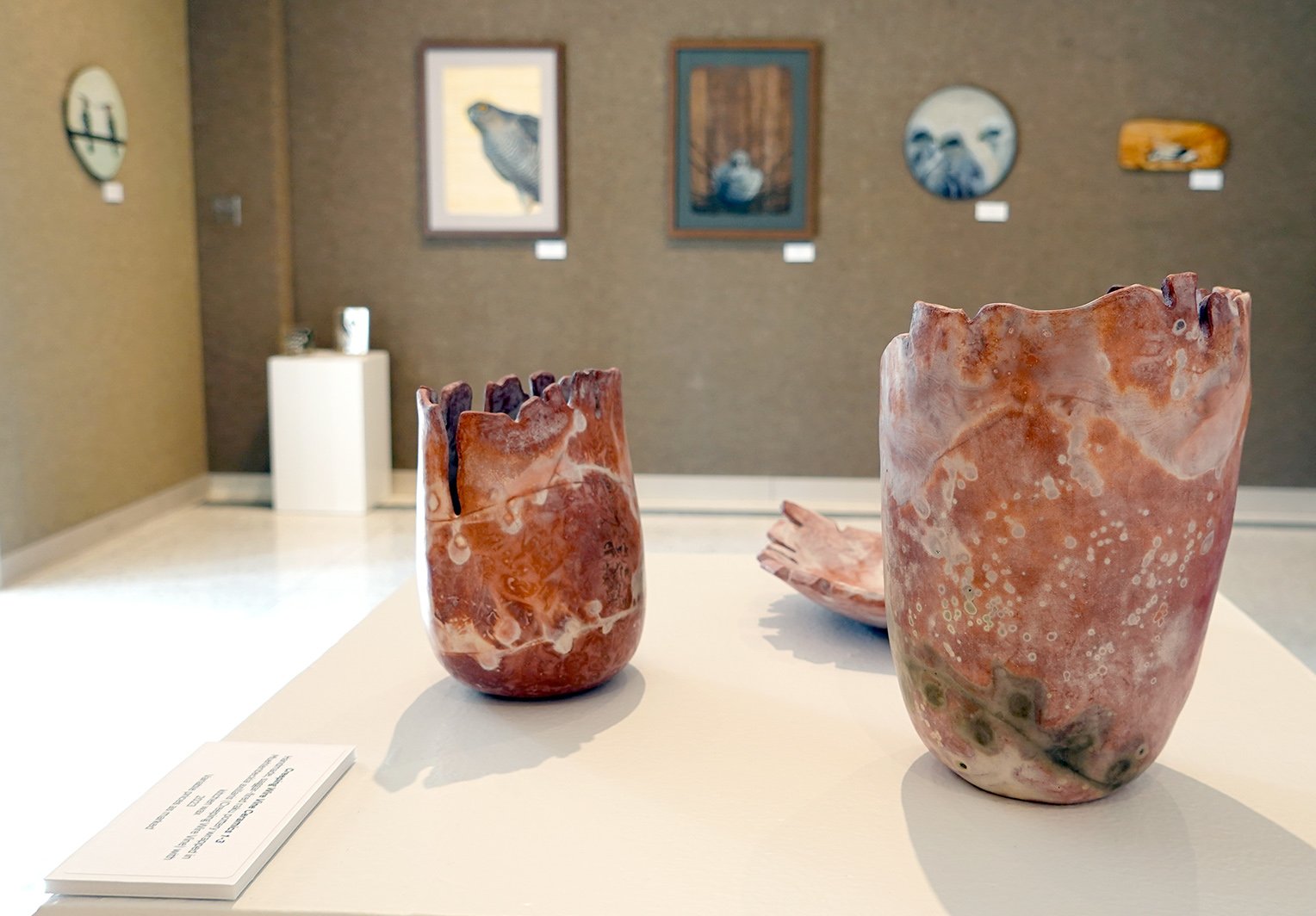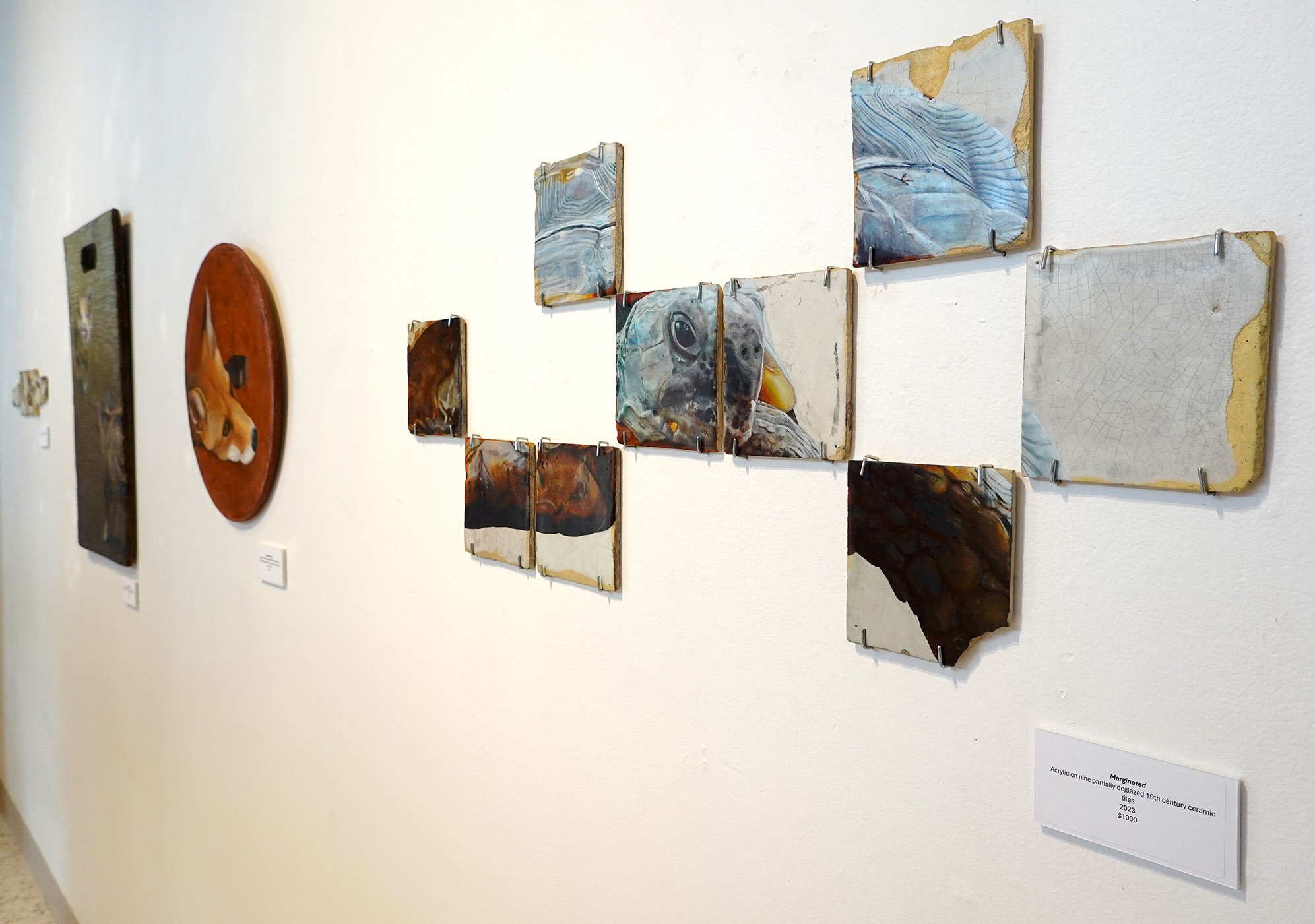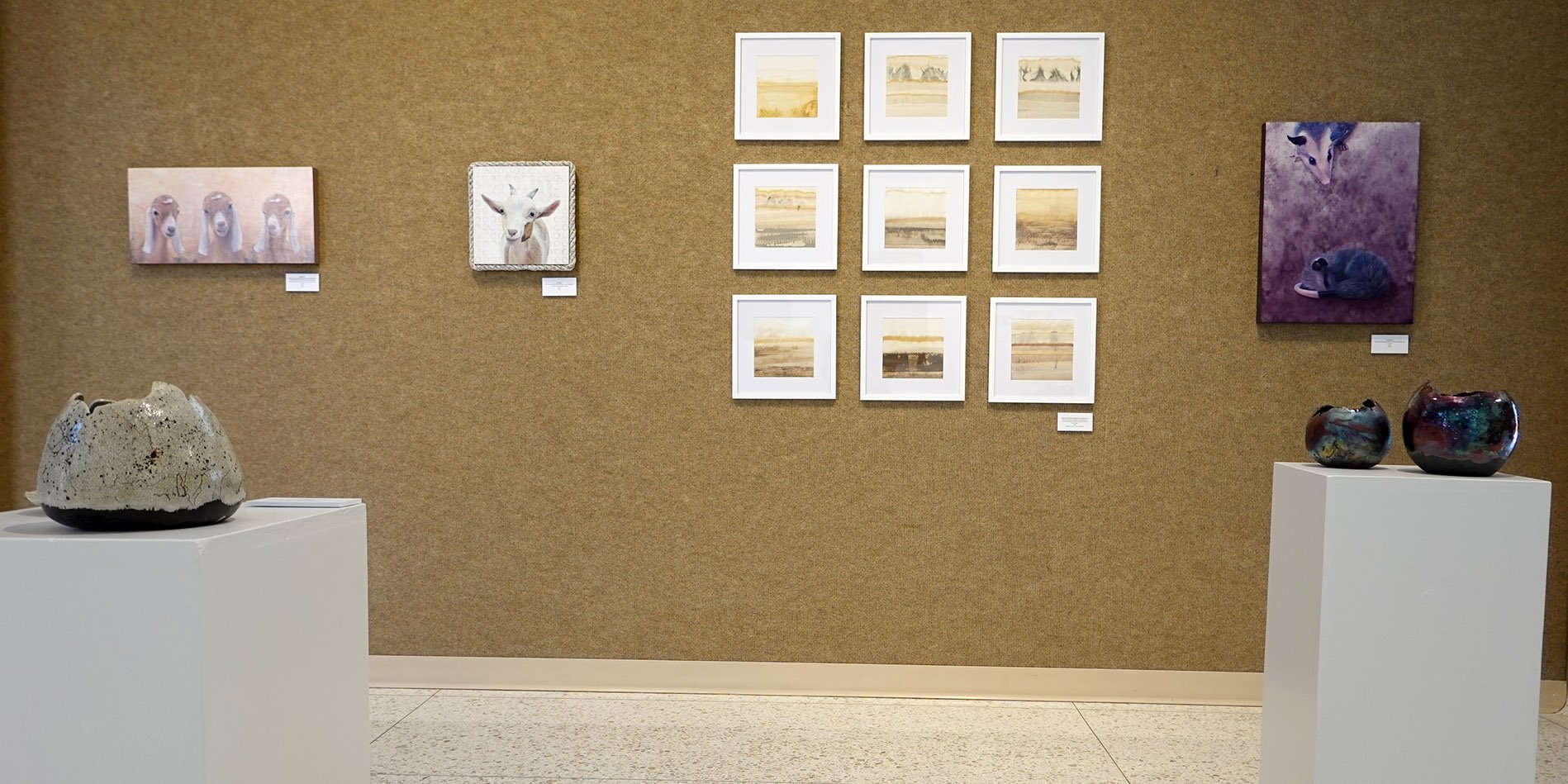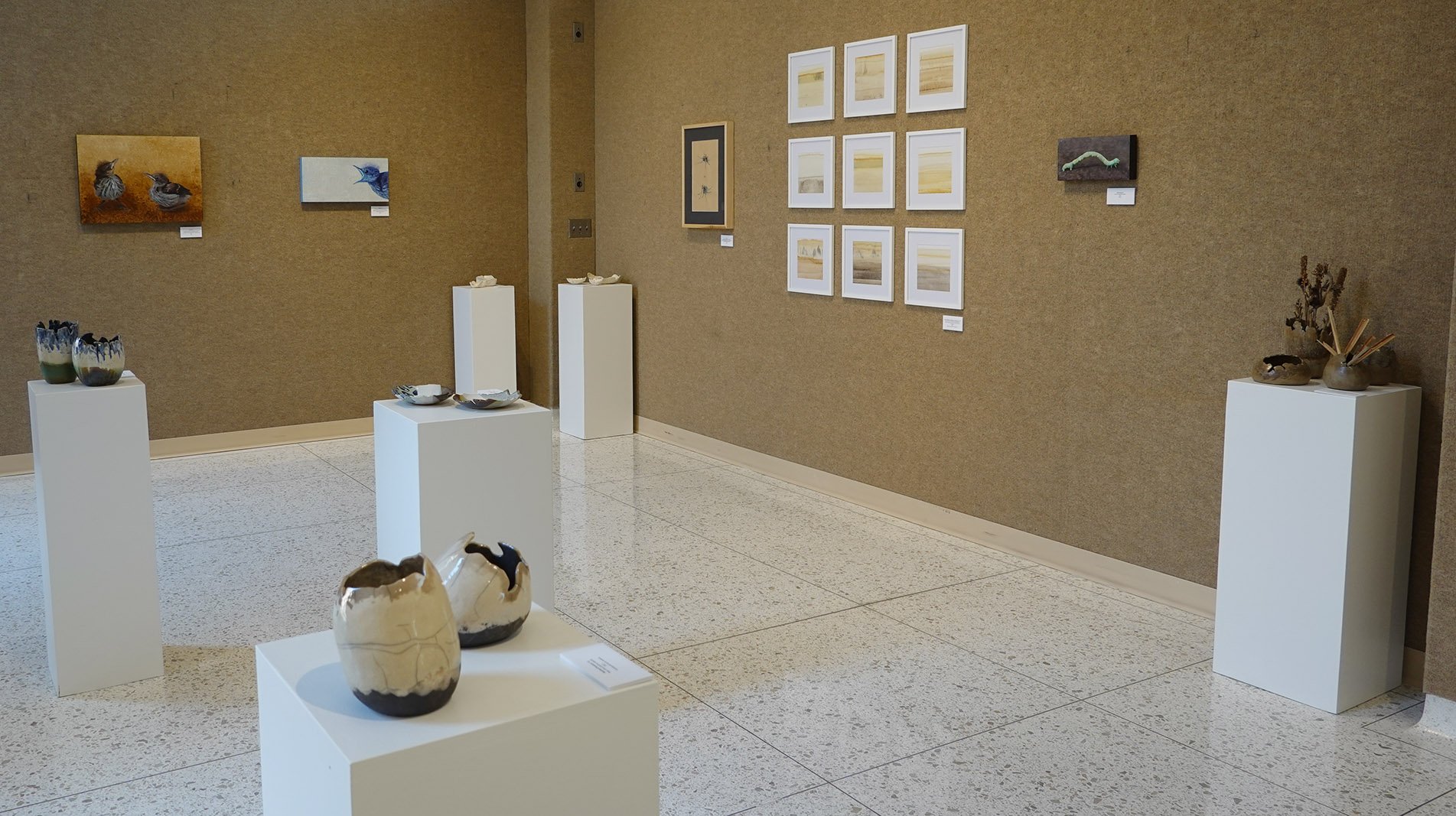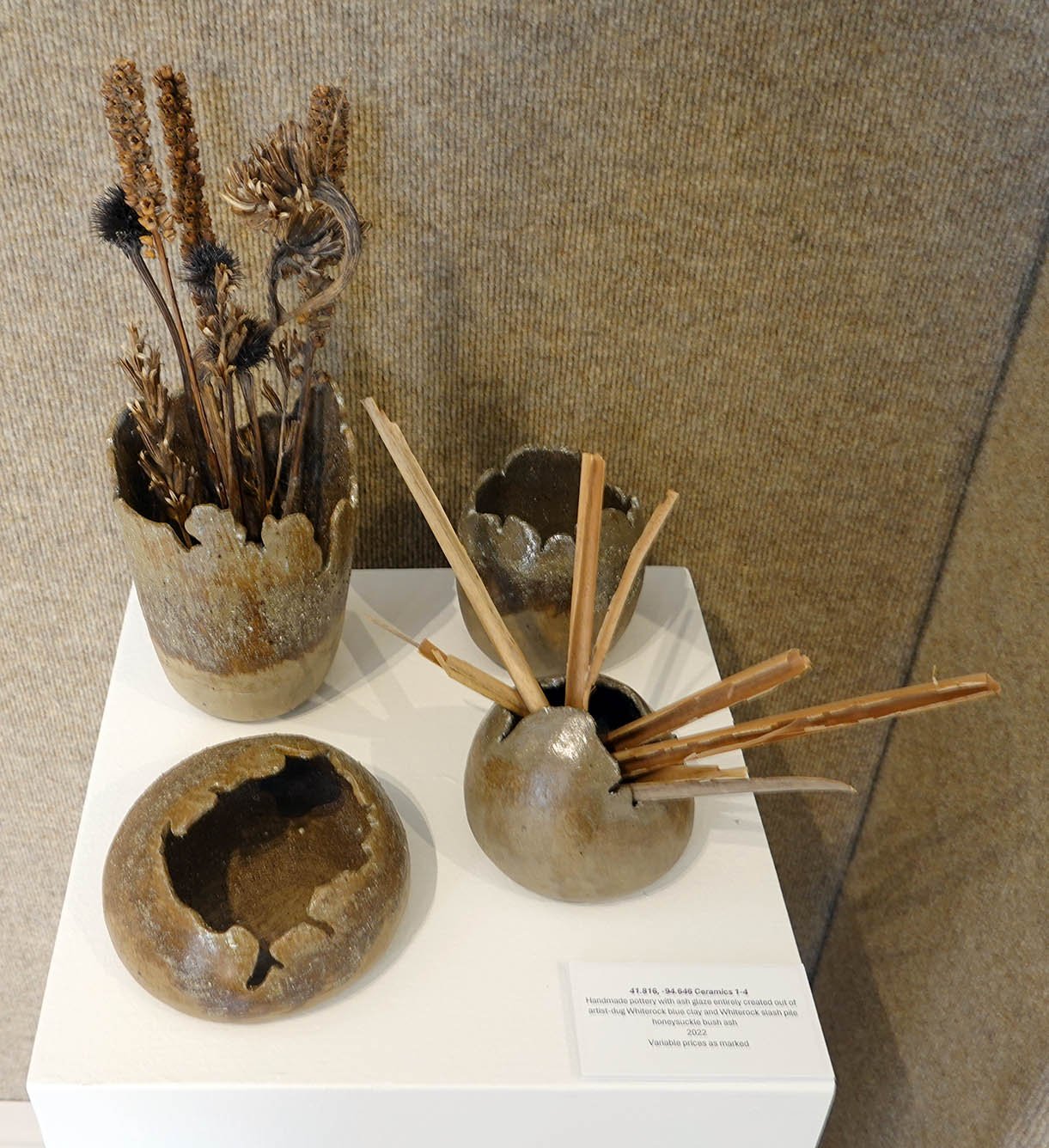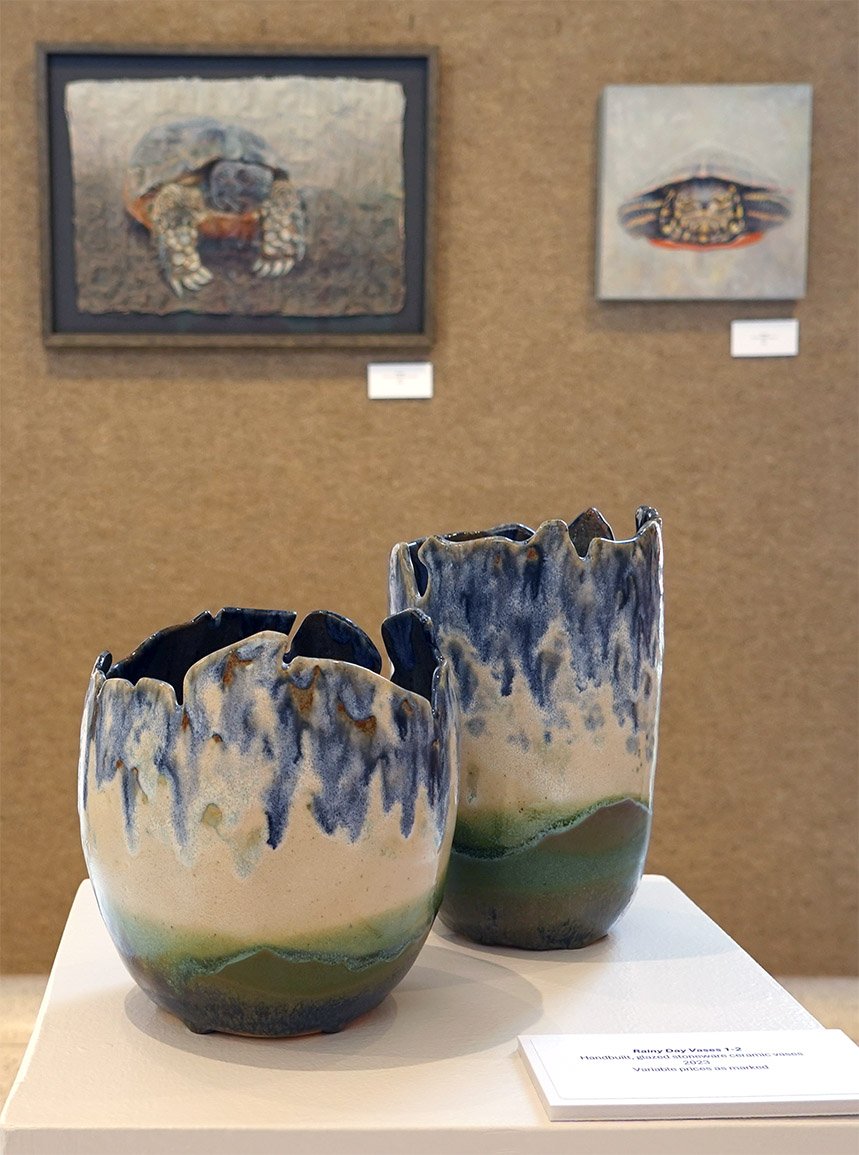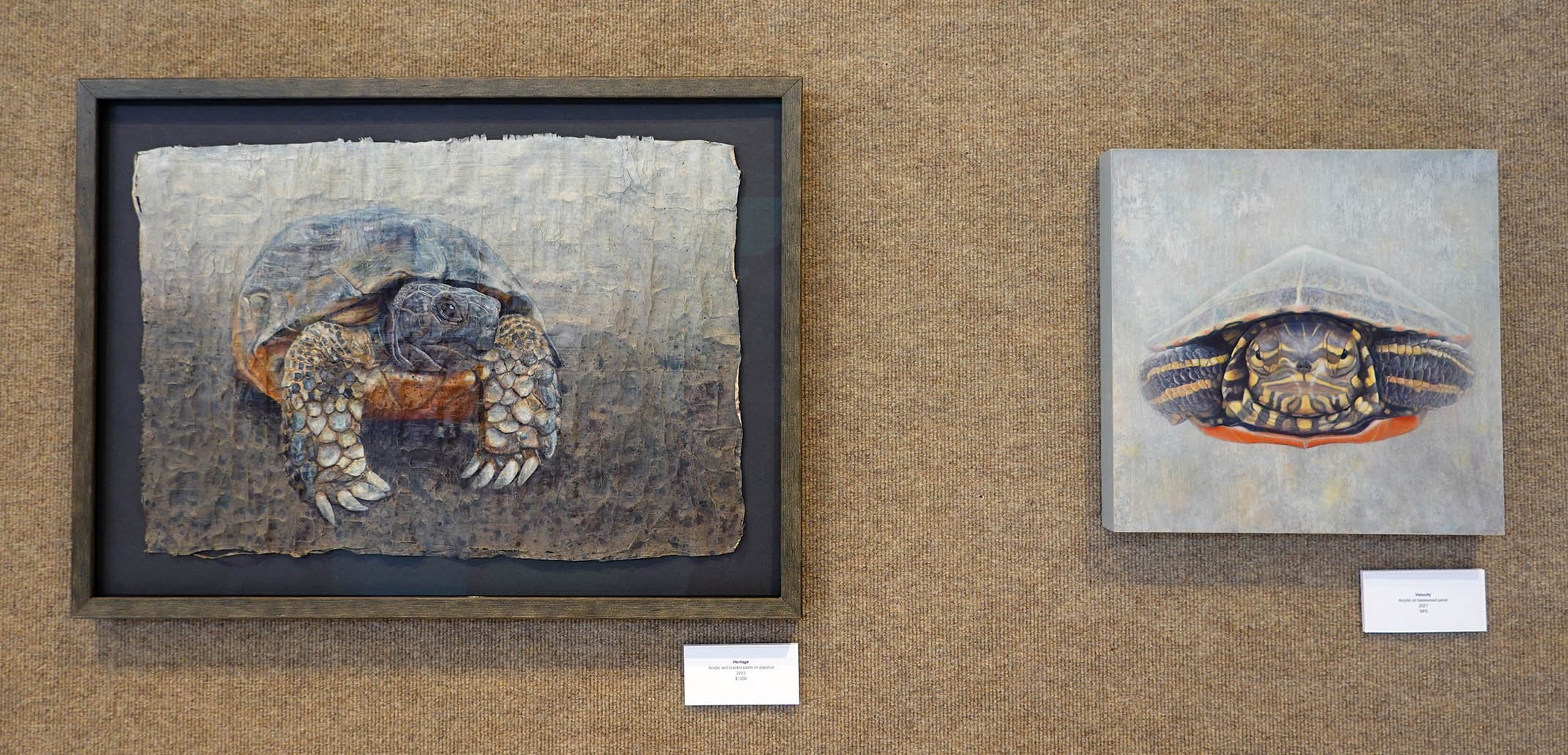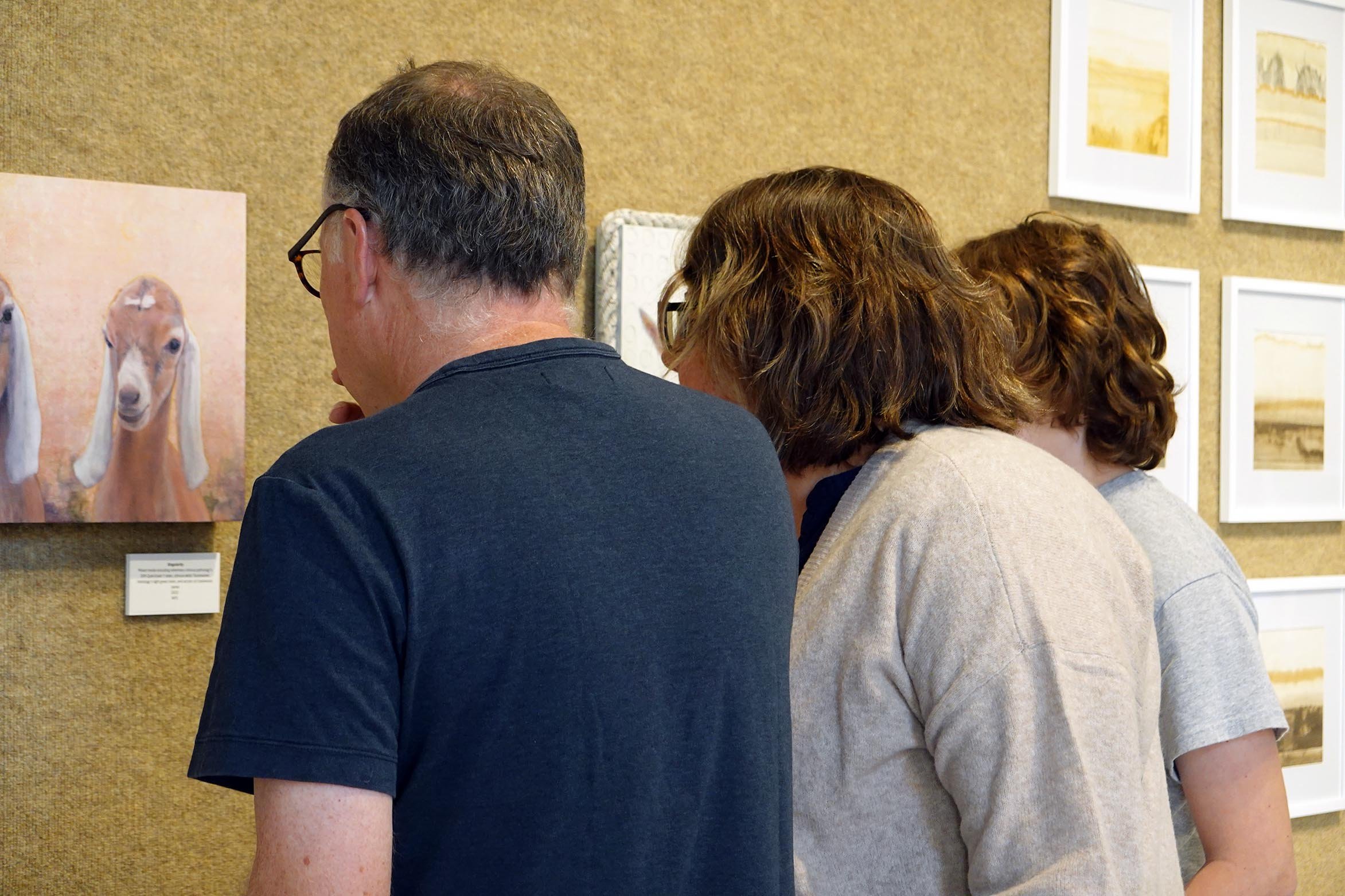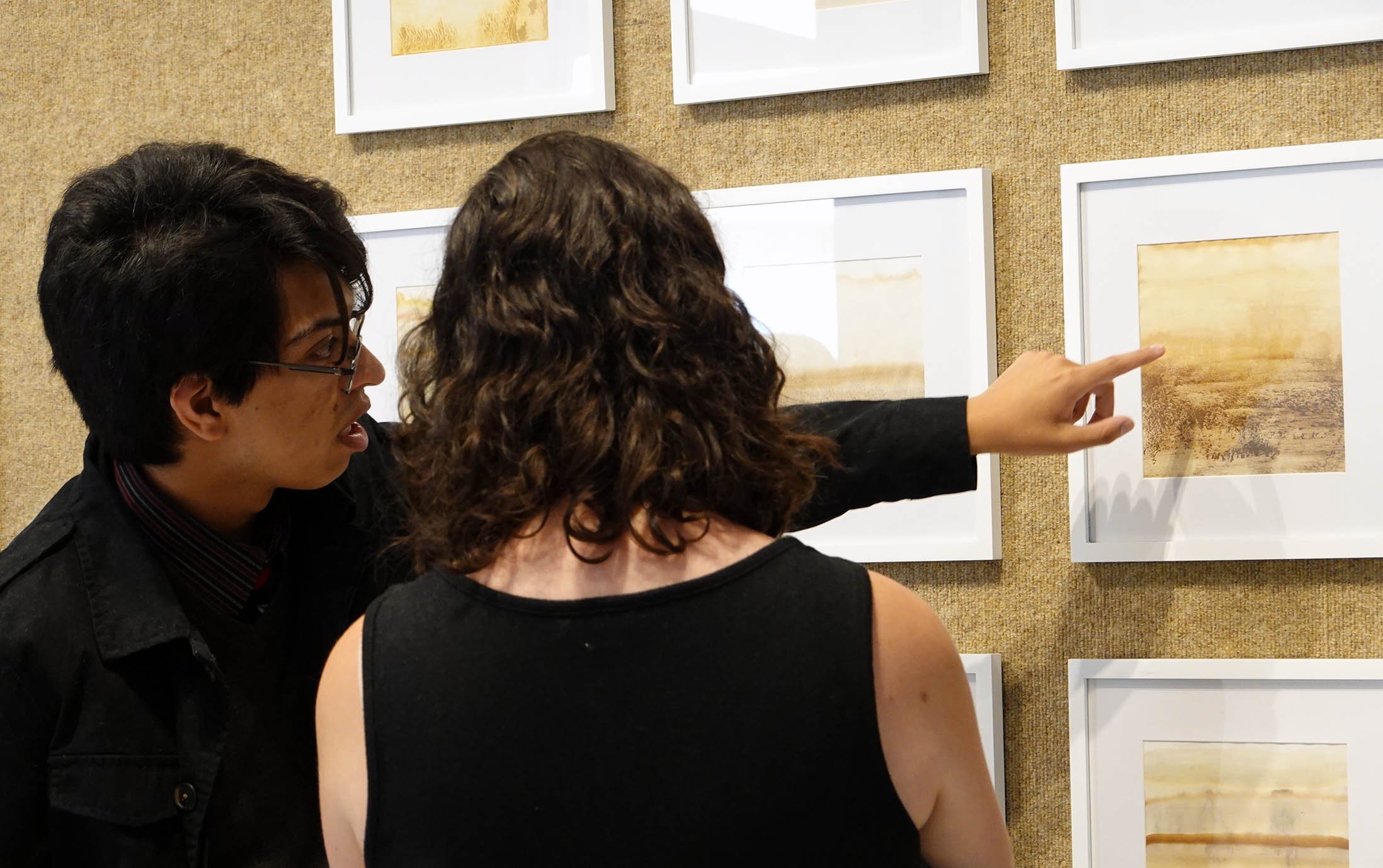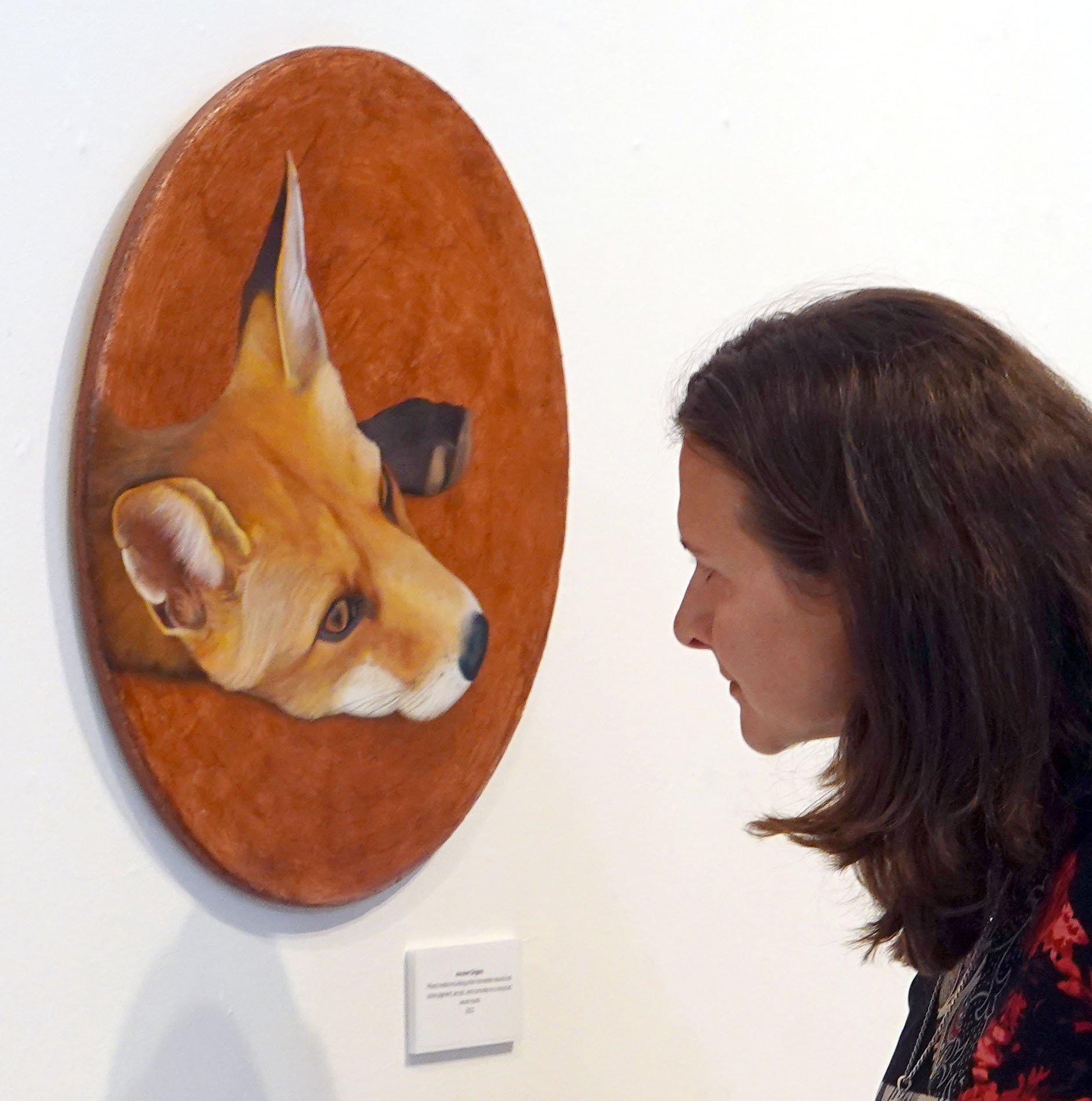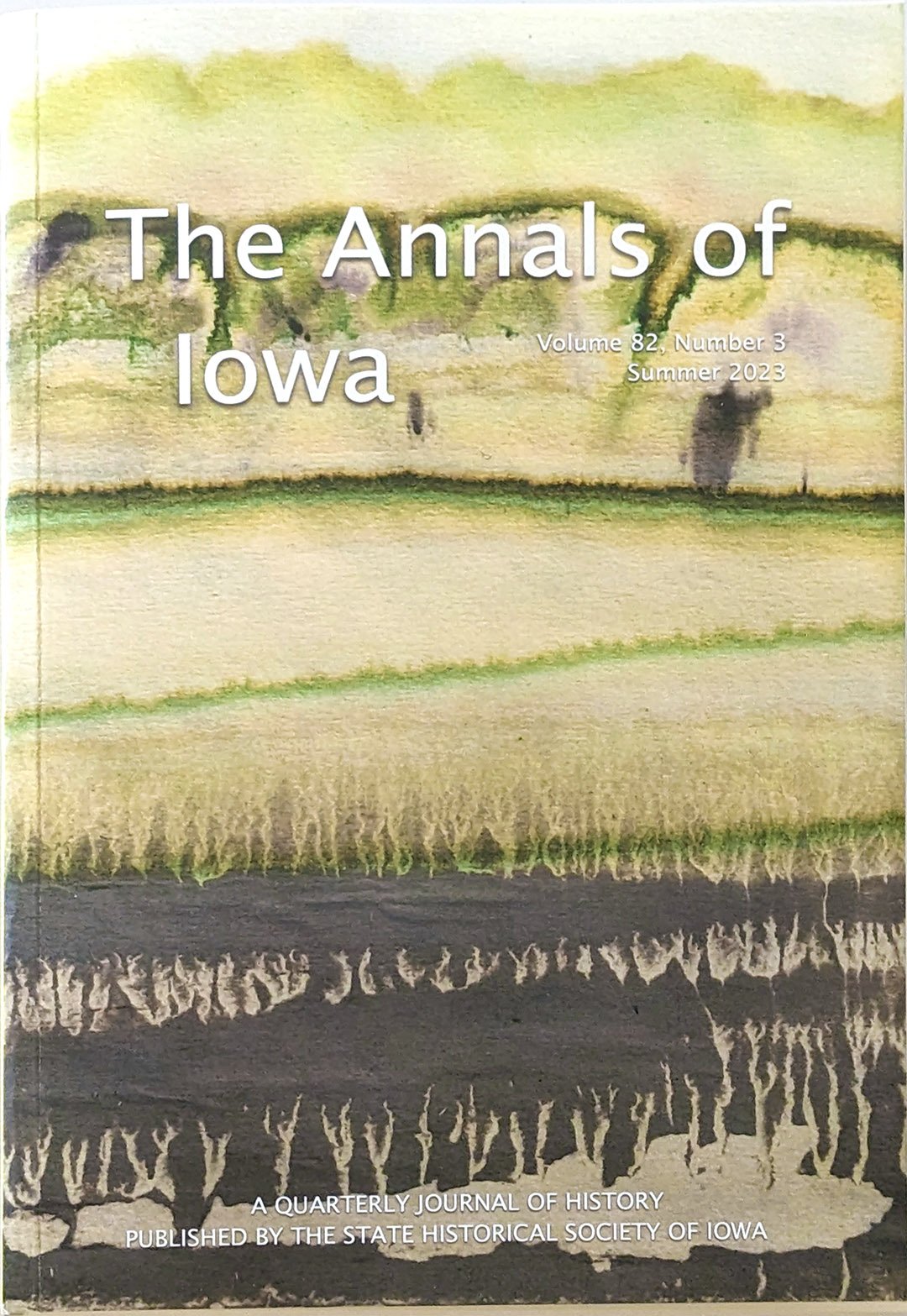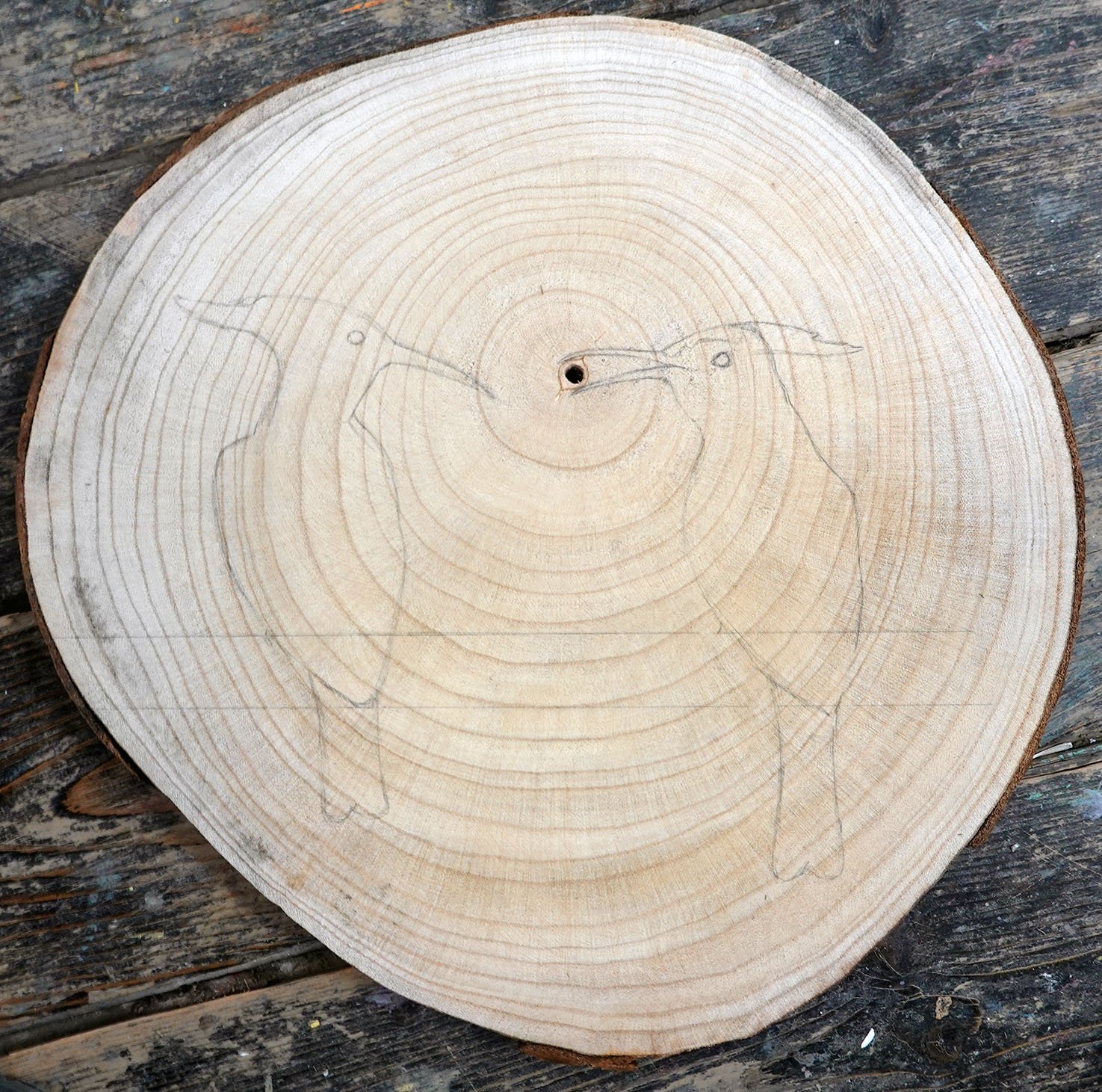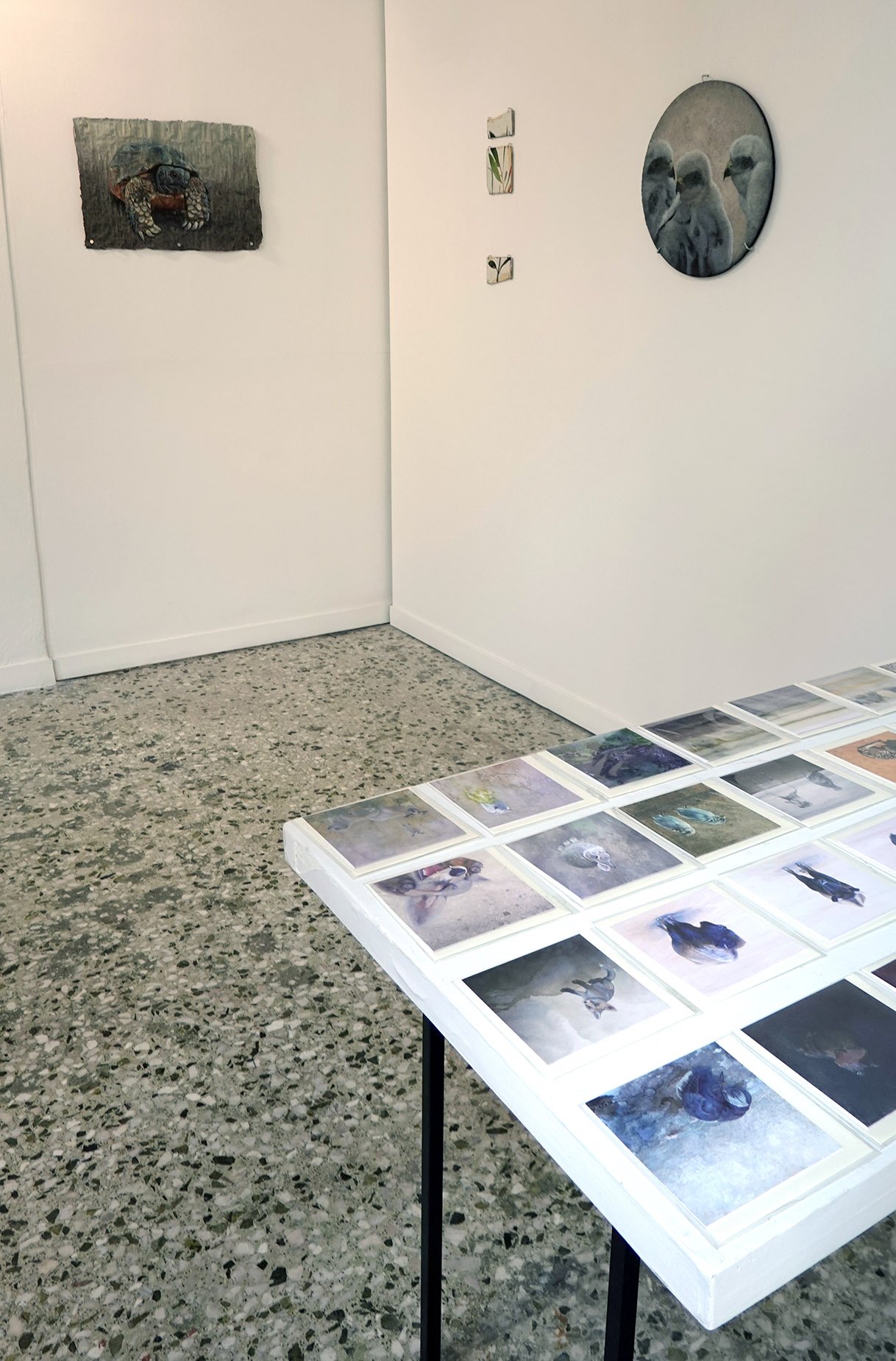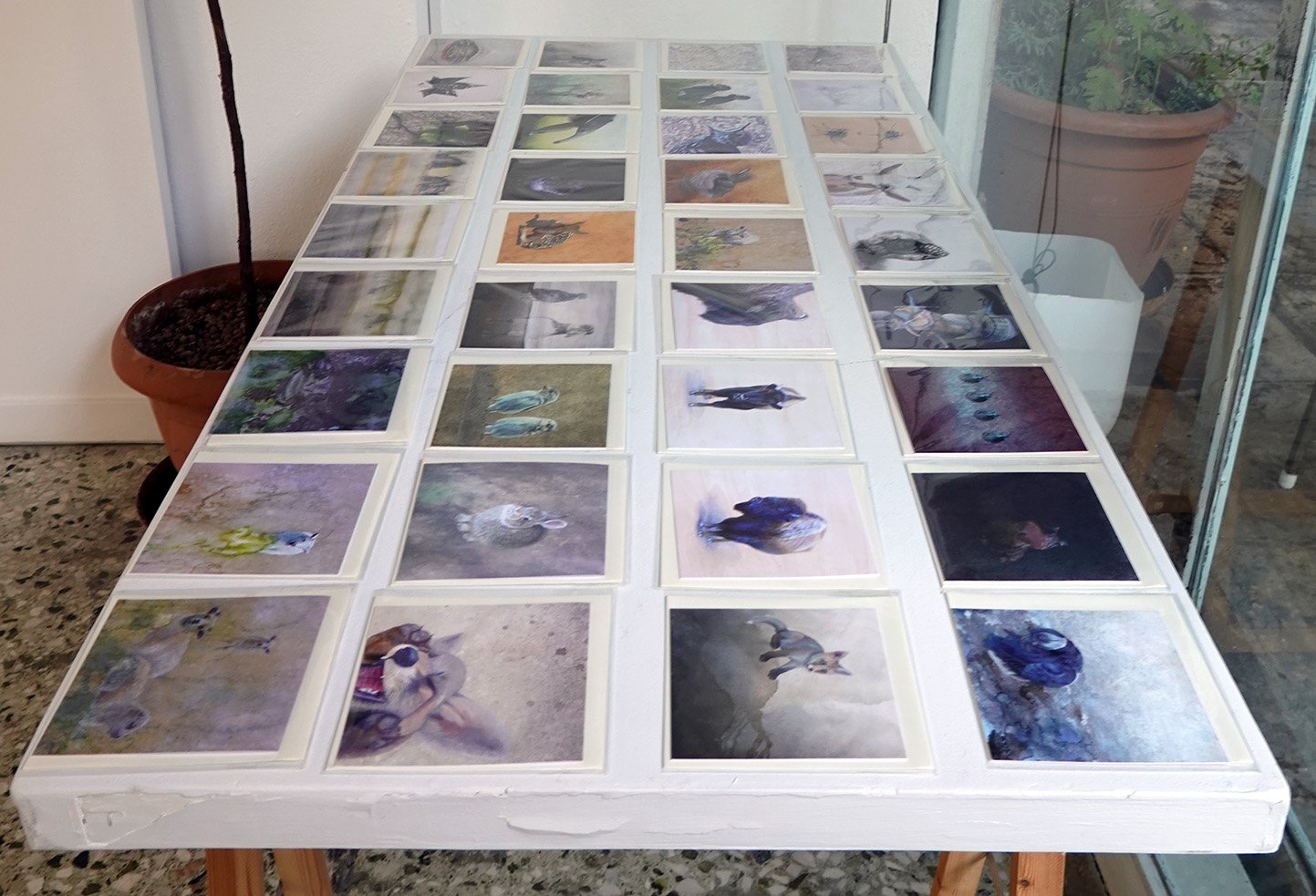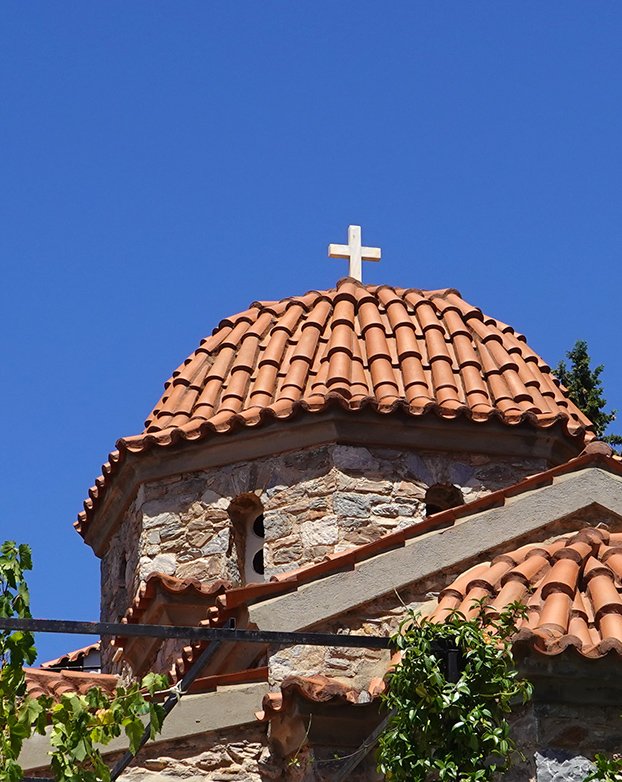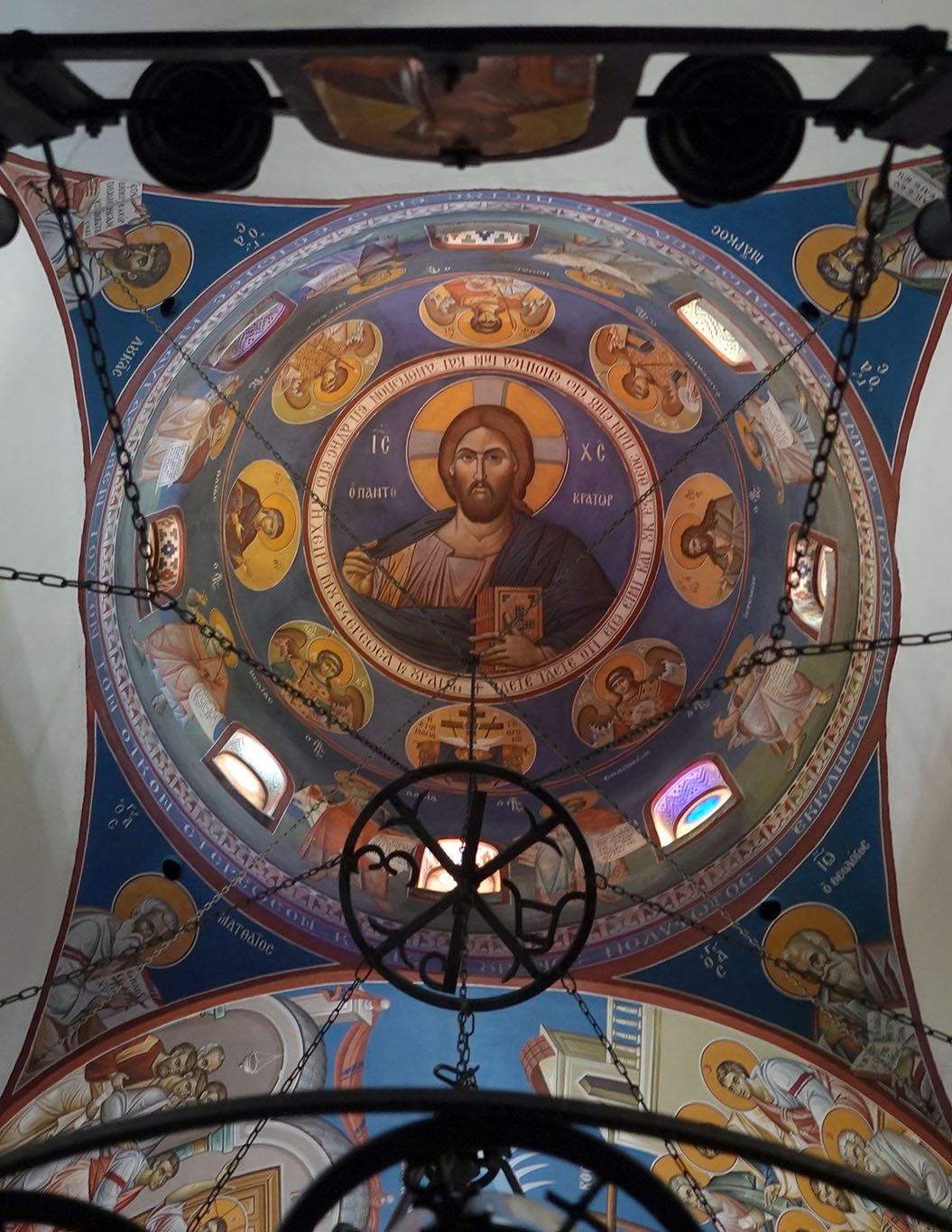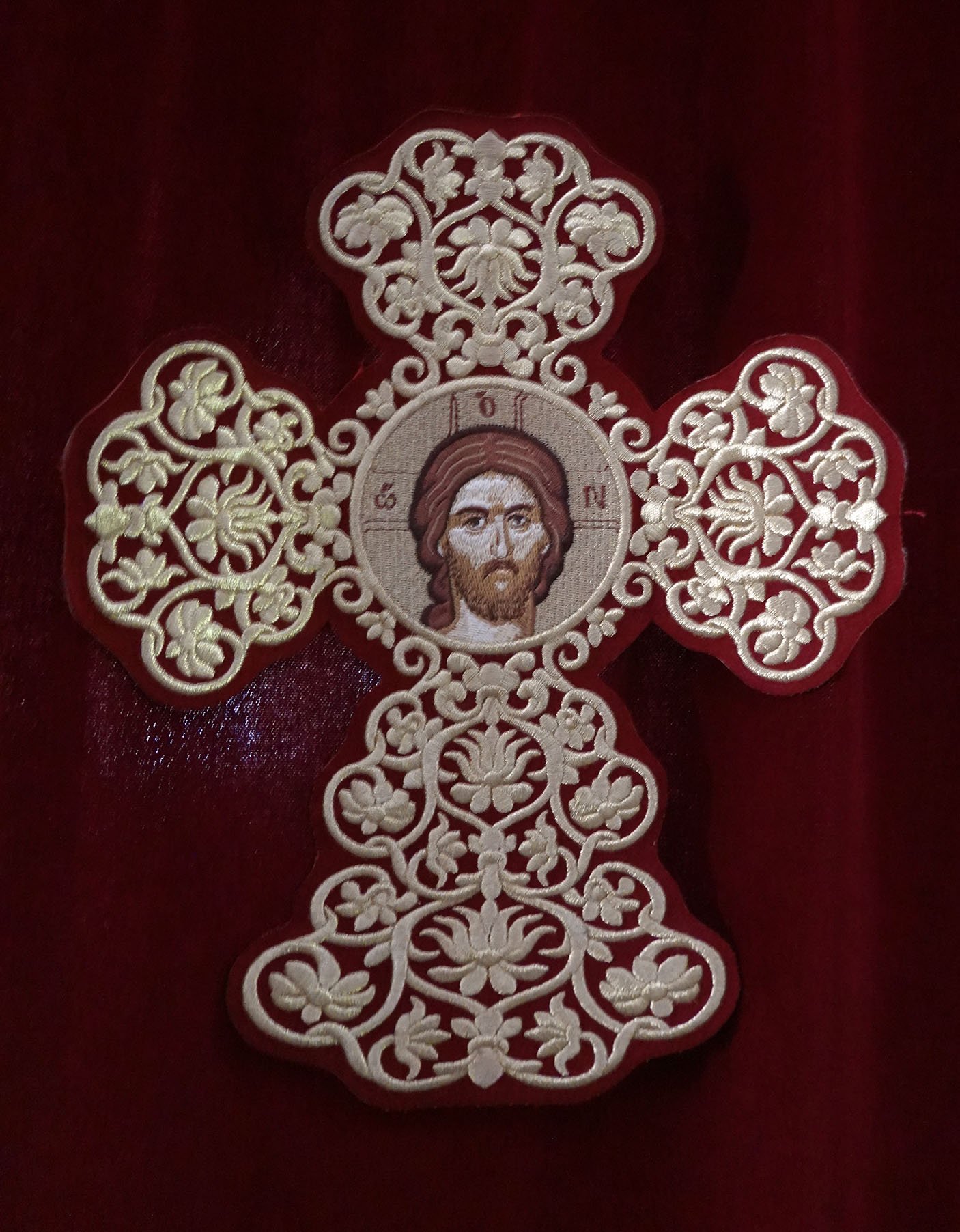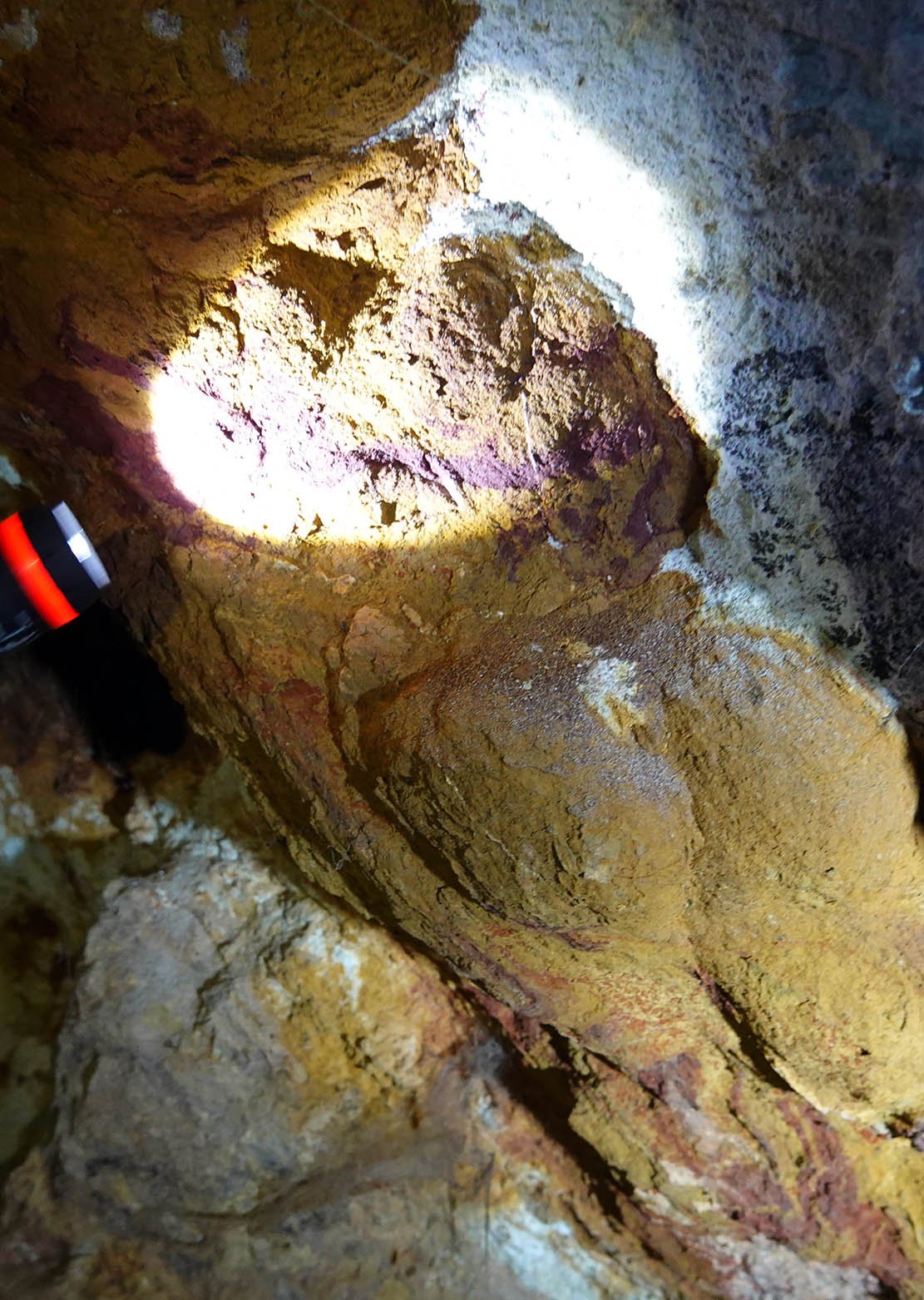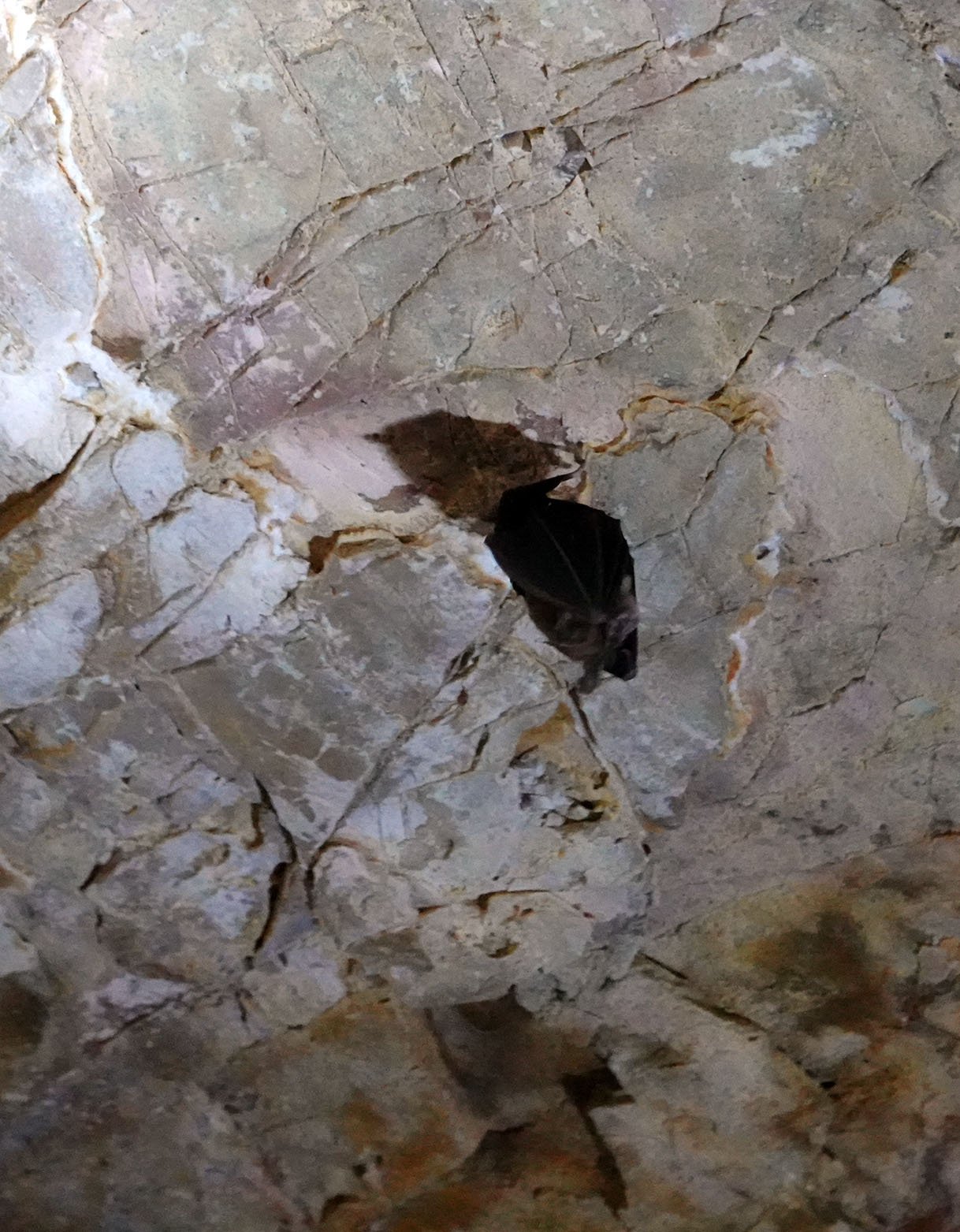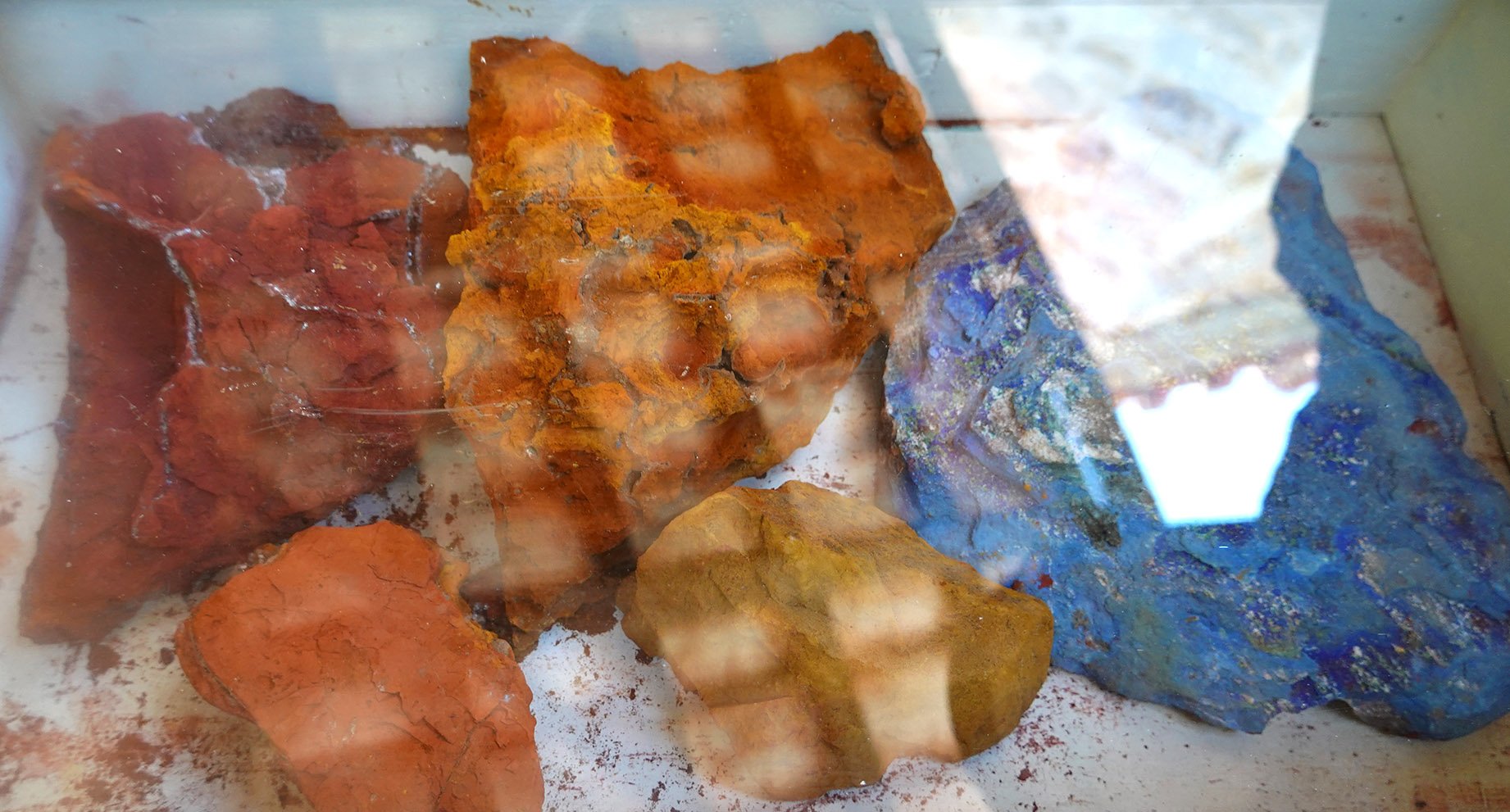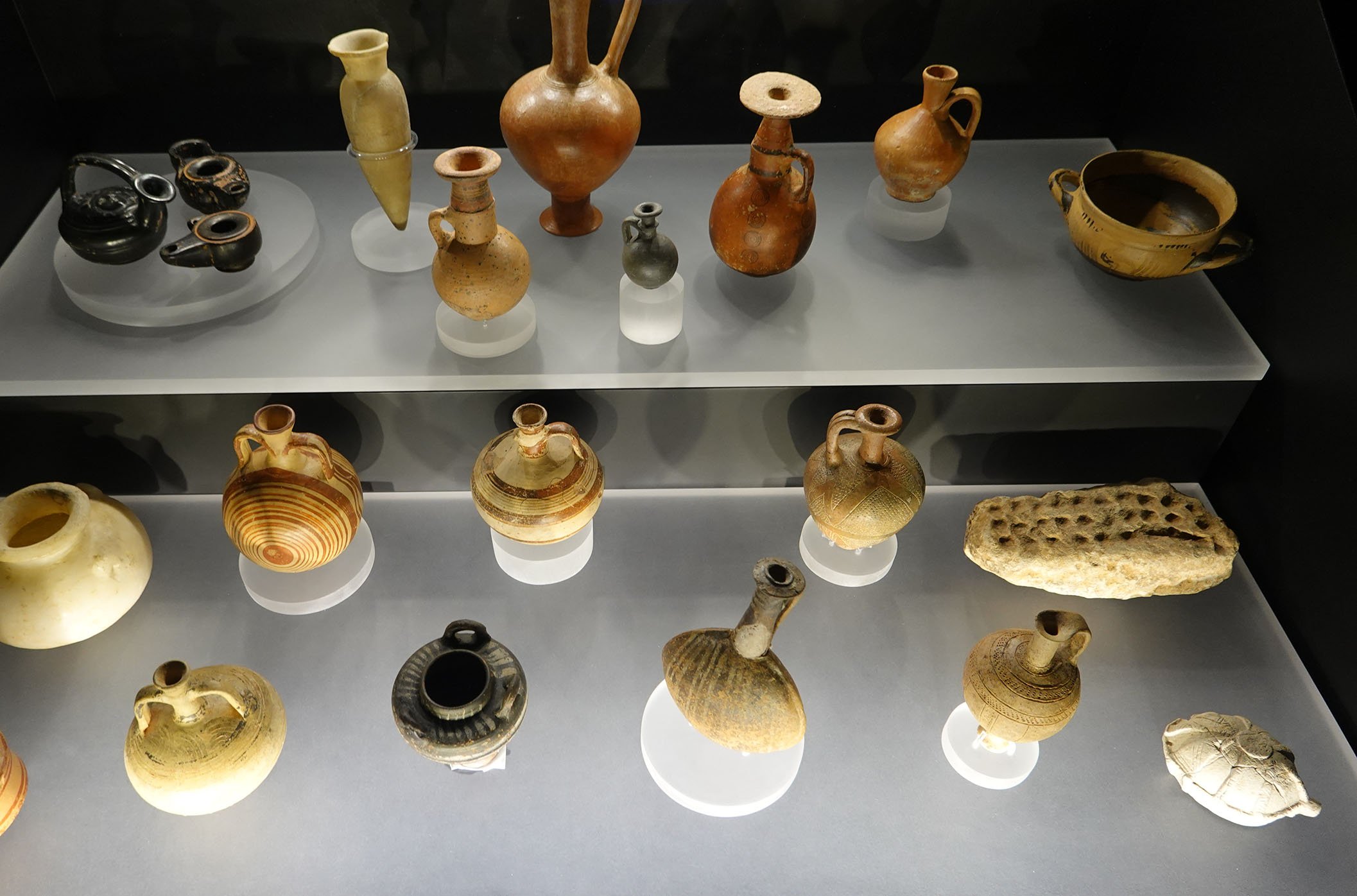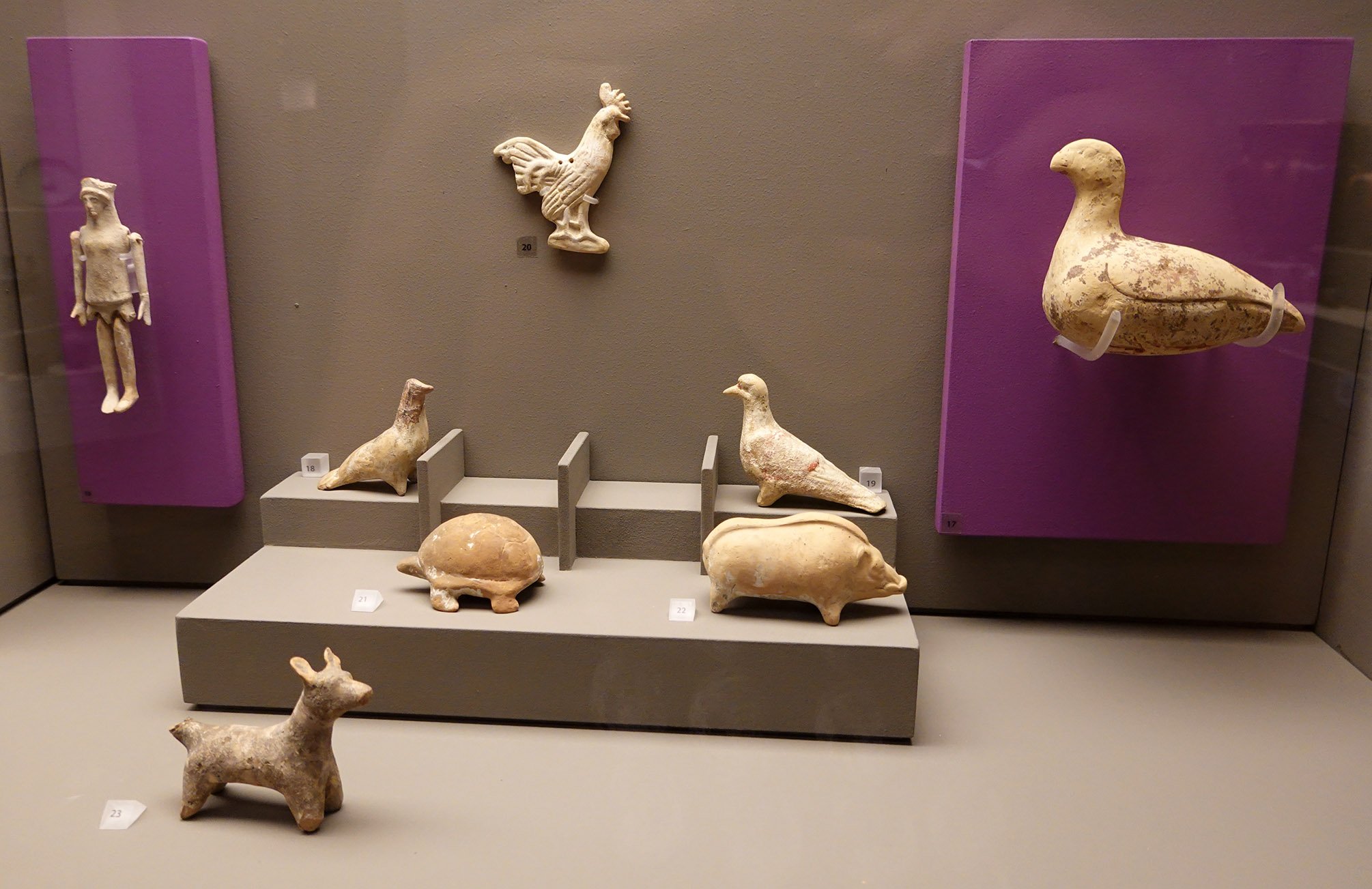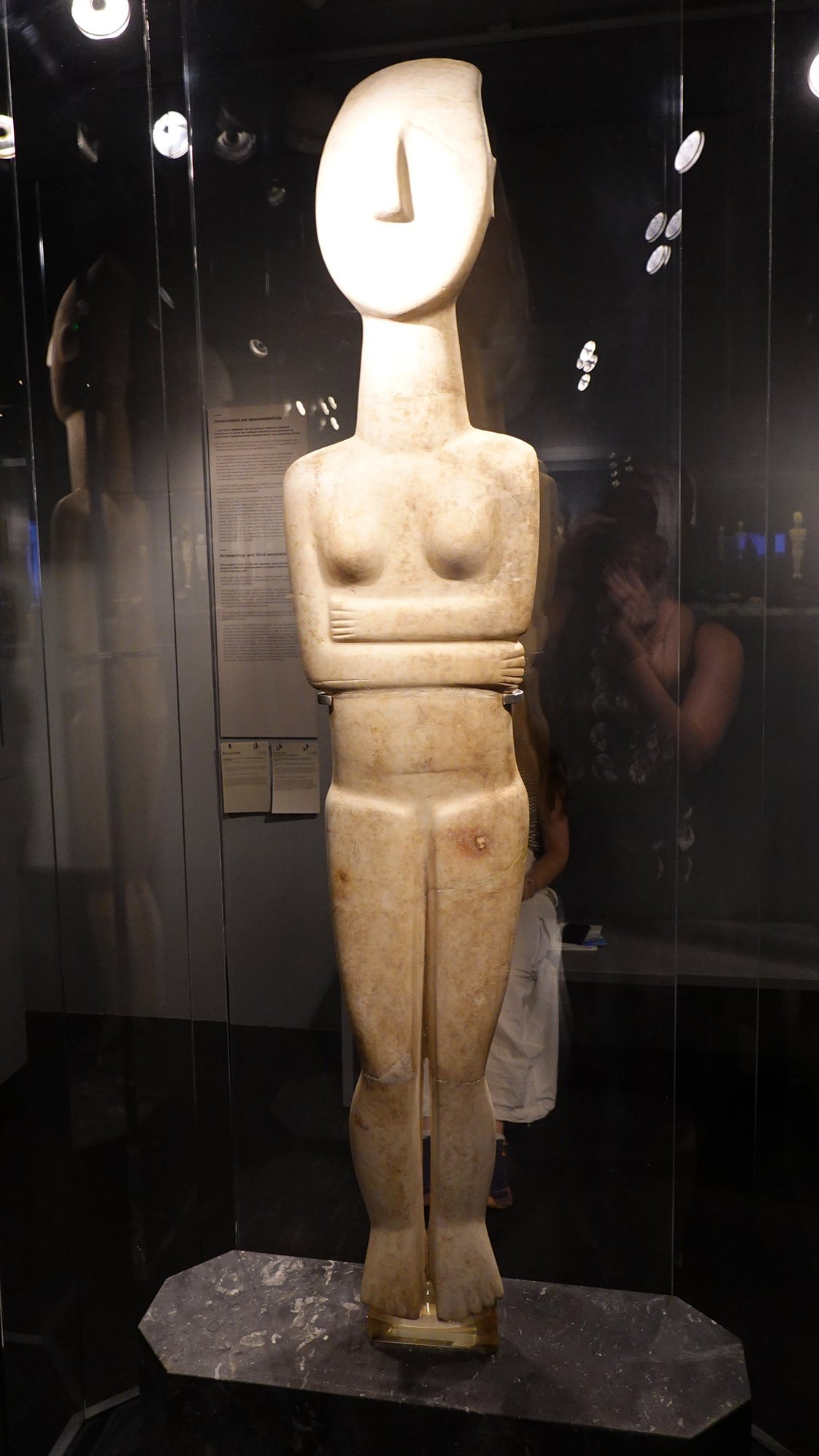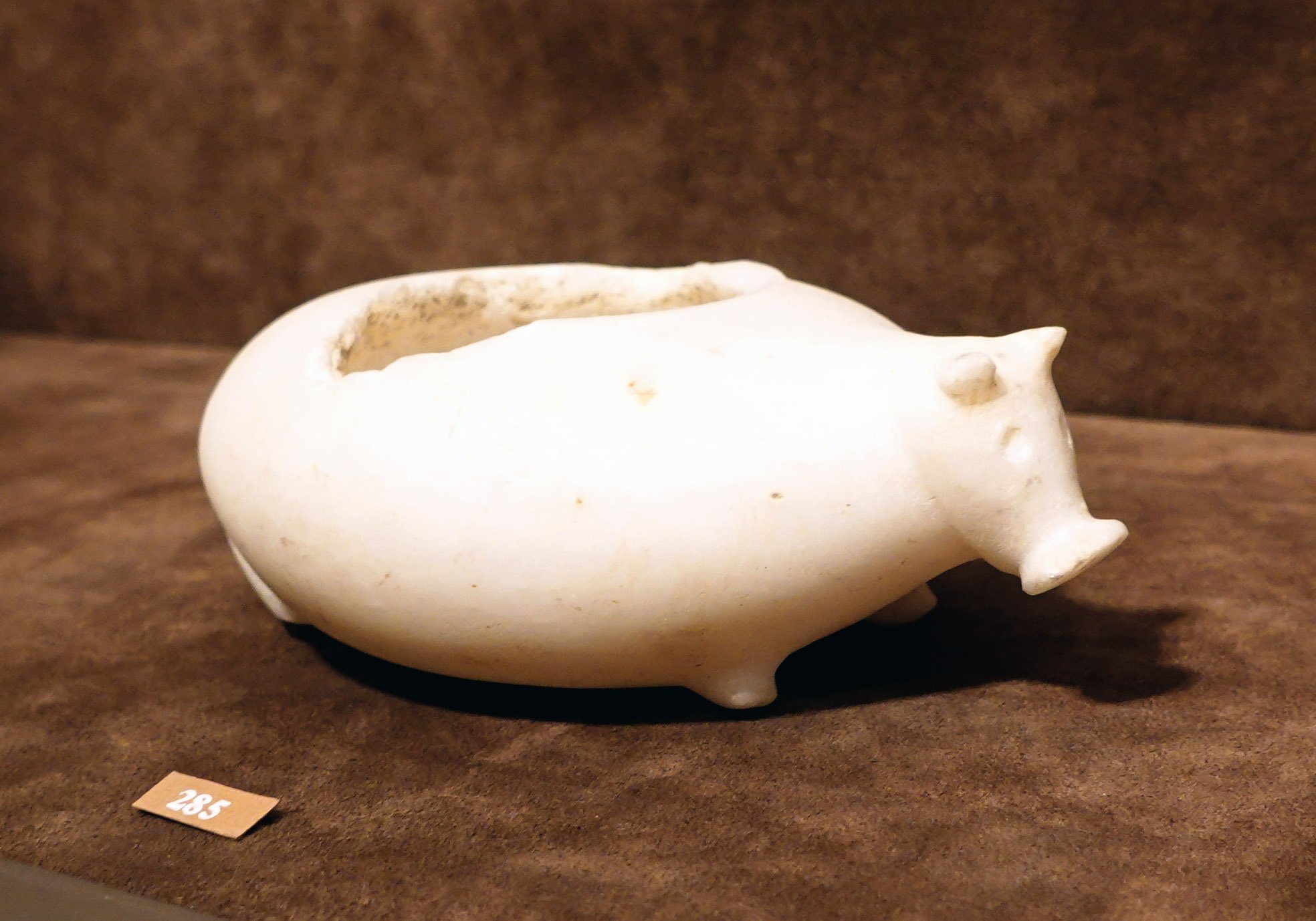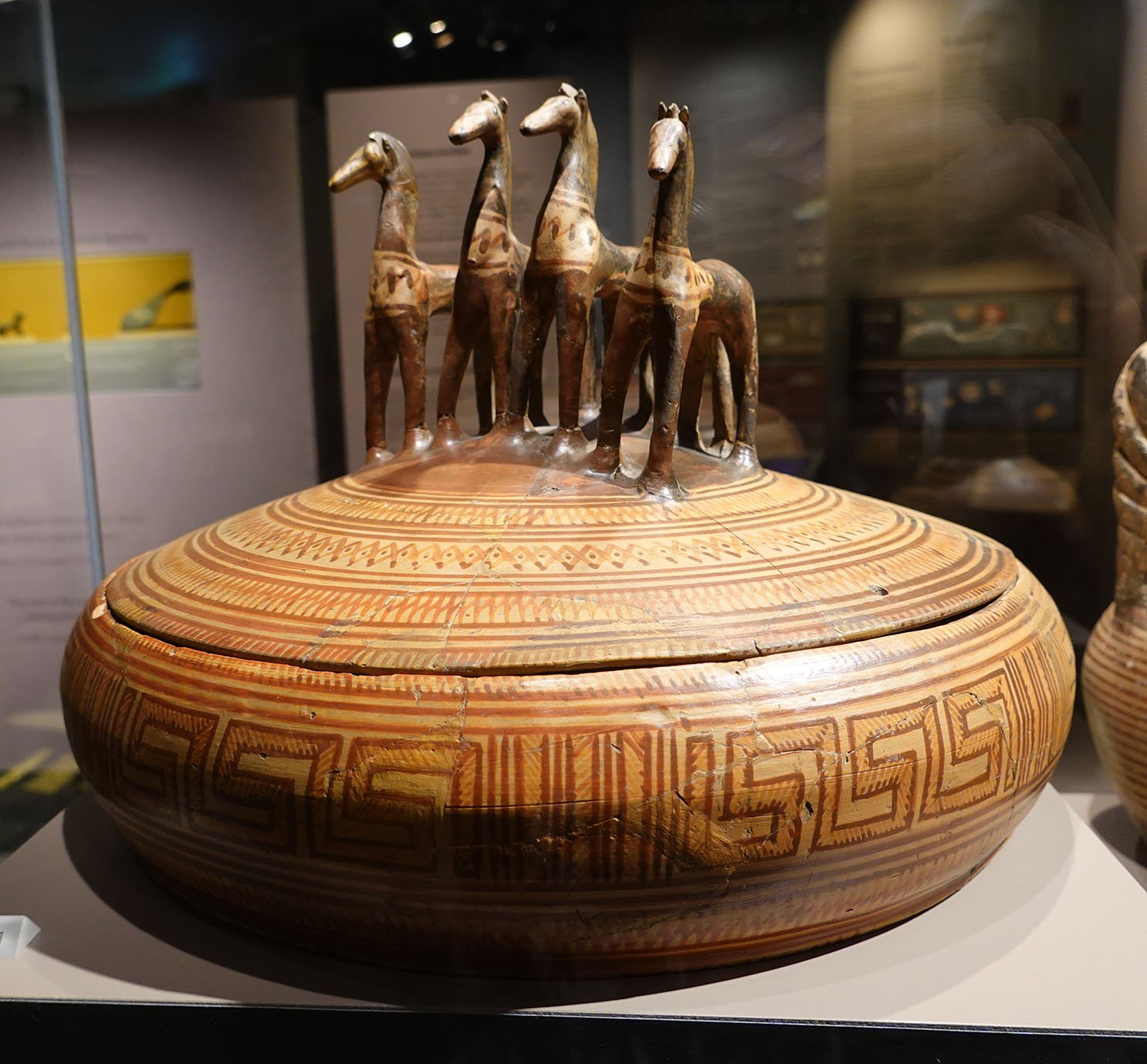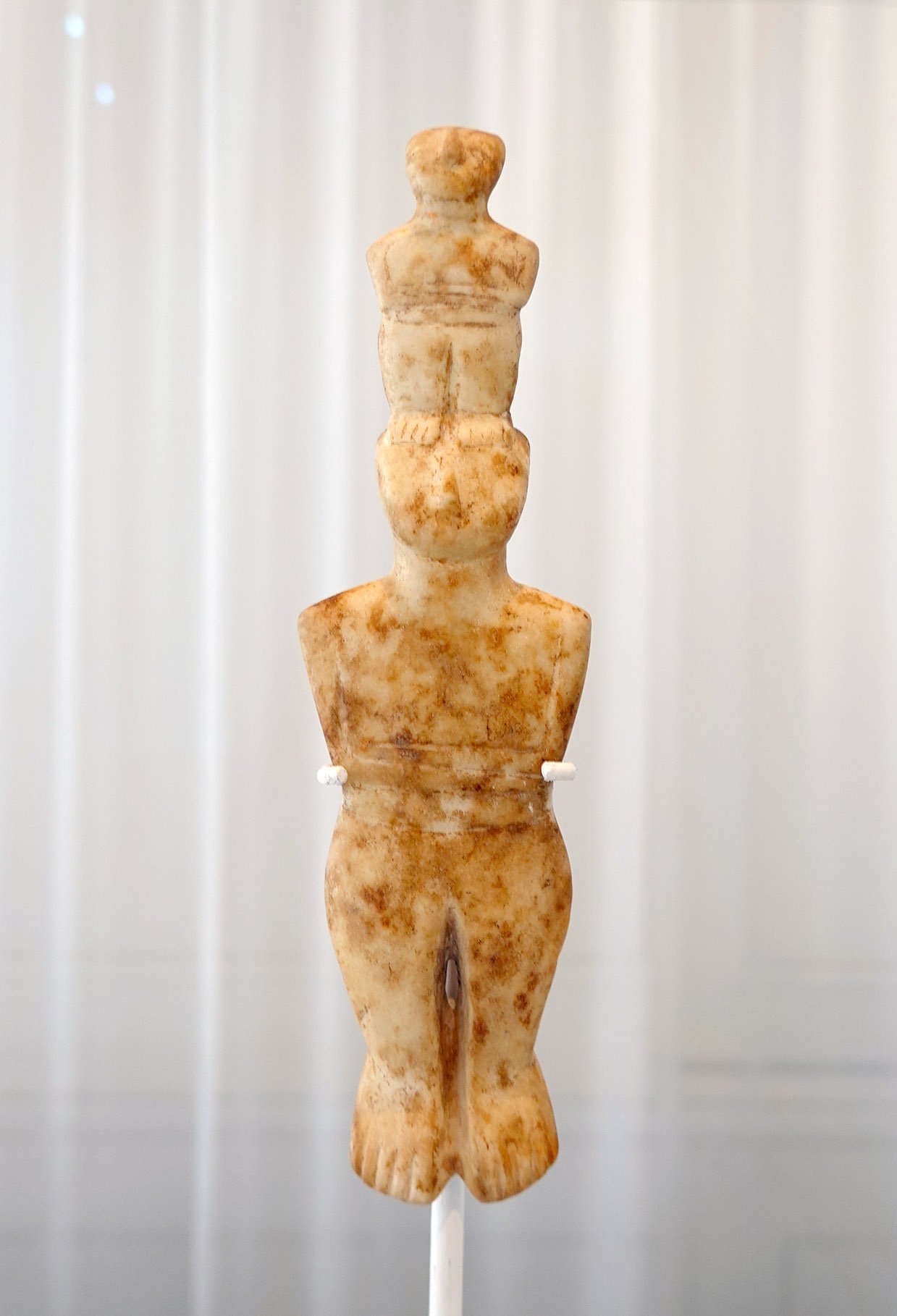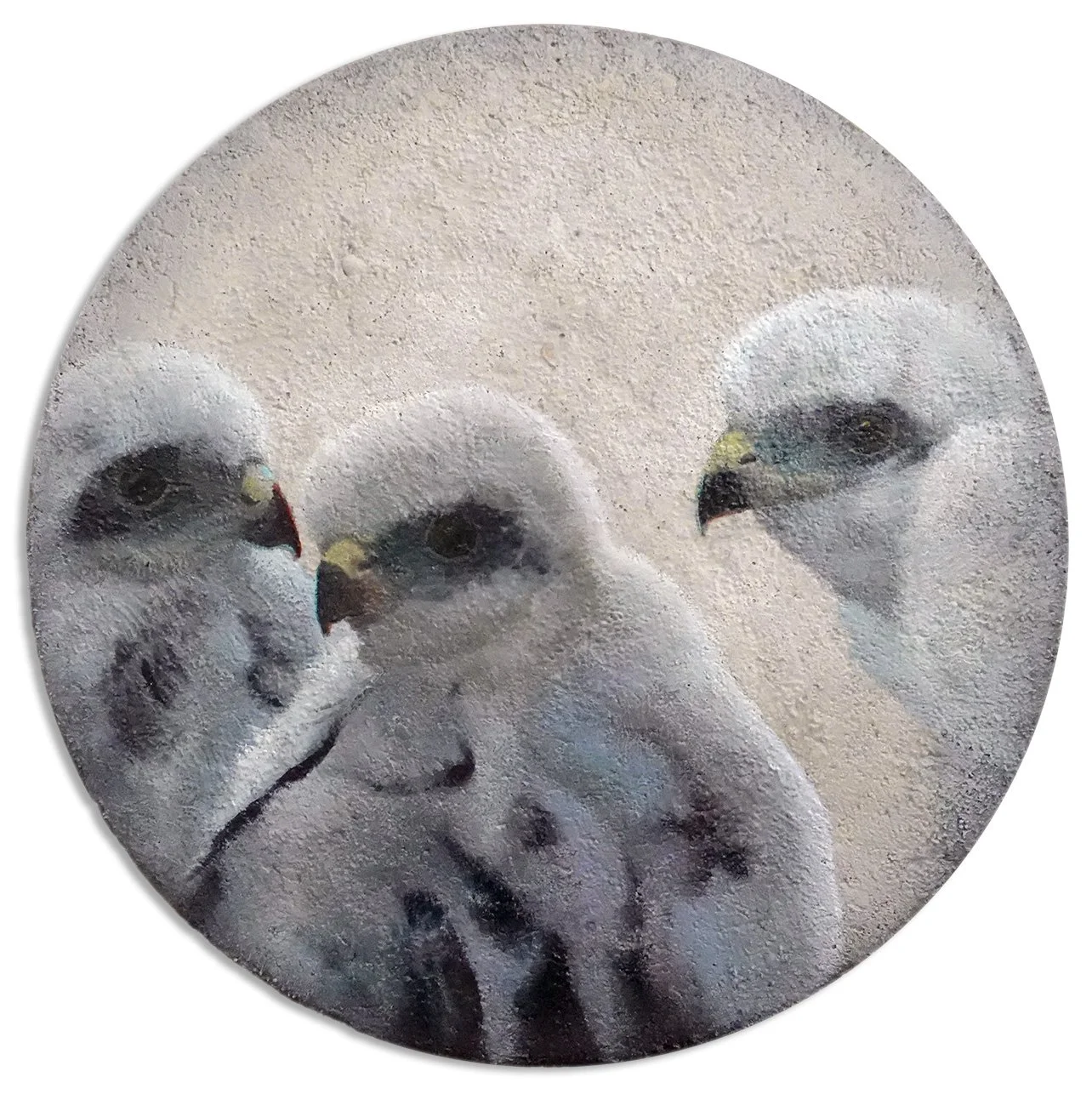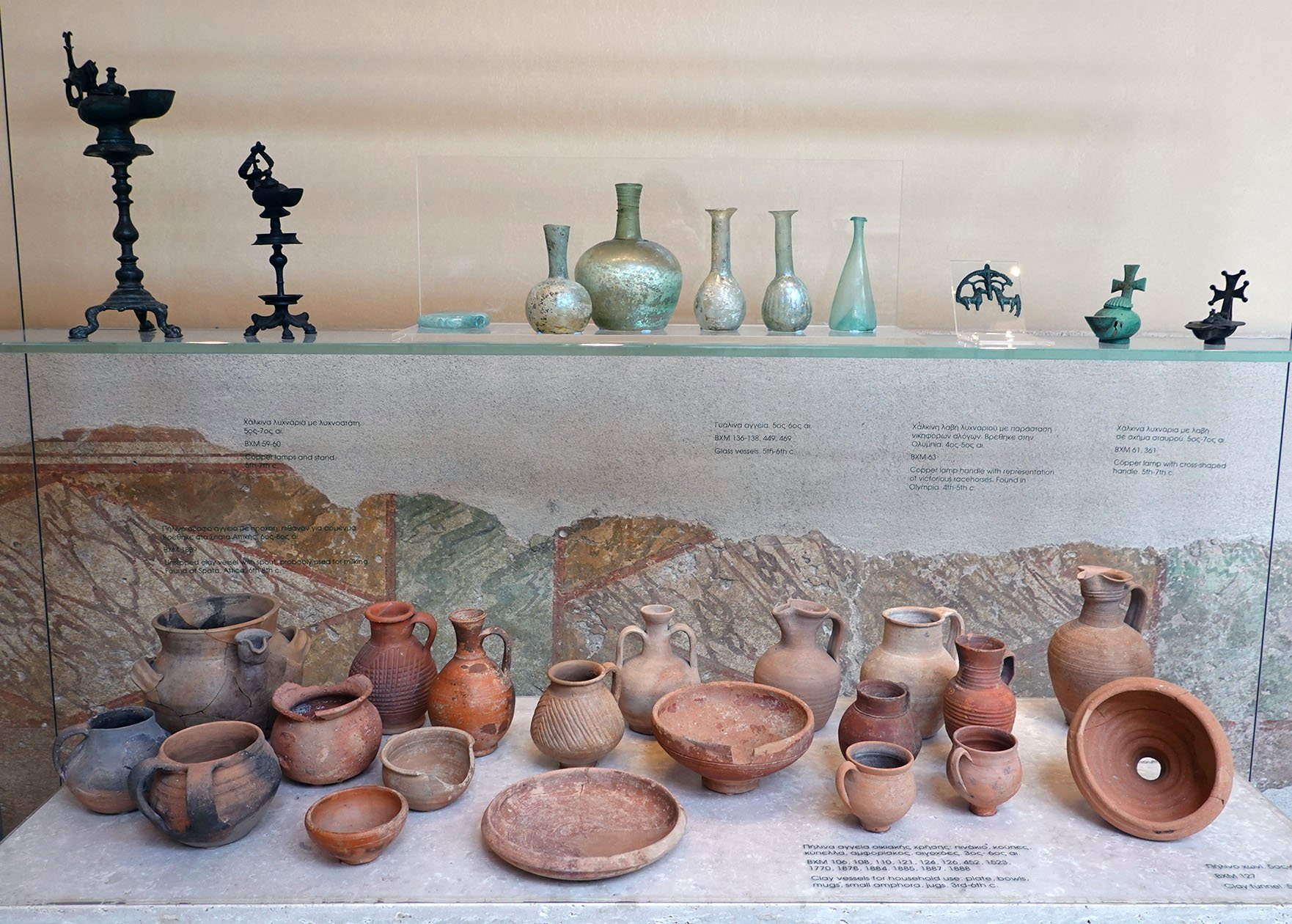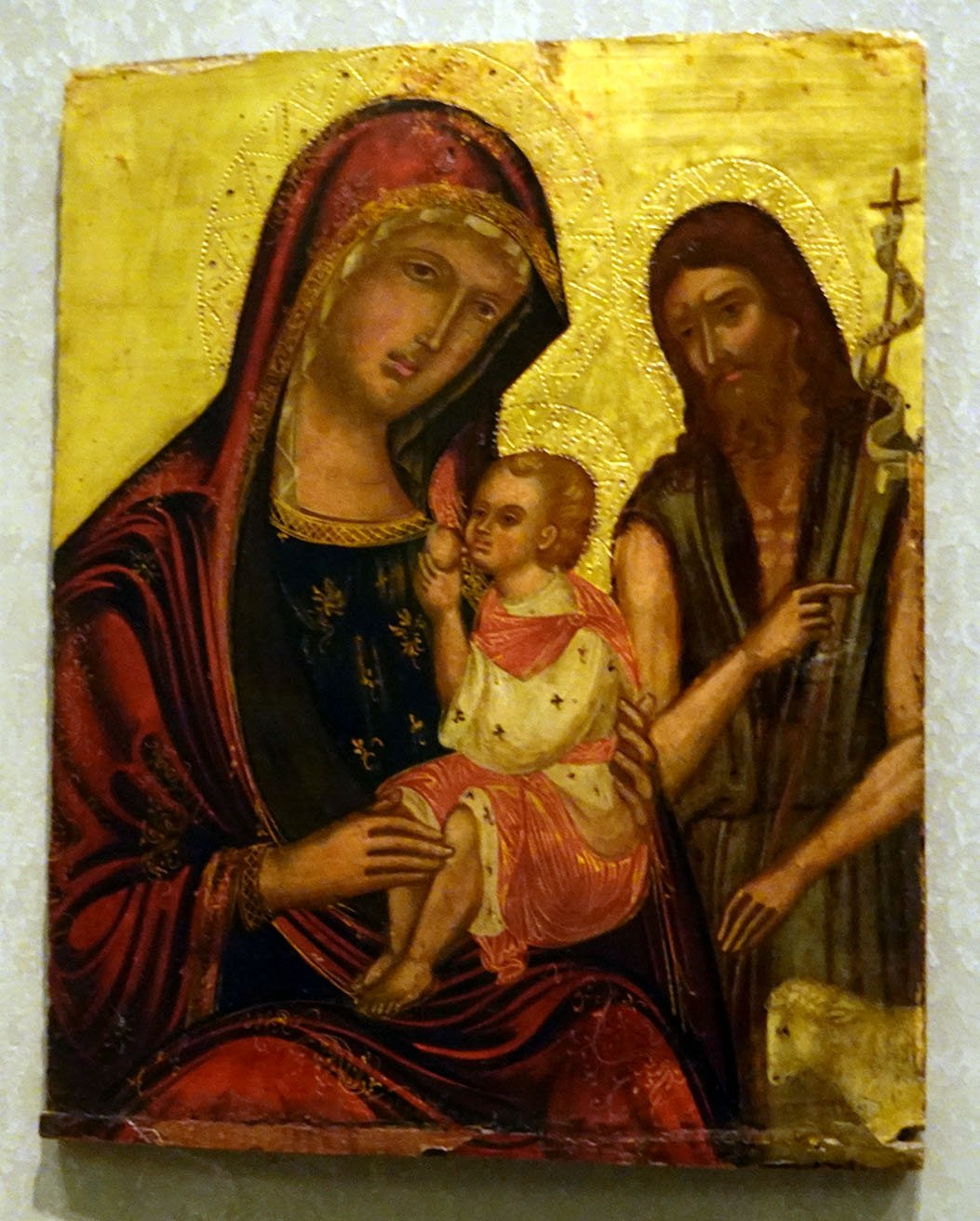With my show installed, I freed up some time and the weather dropped a few degrees, meaning Monday was a good day to spend some time outdoors. The newest Phoenix Athens artist in residence, Zarah, had arrived the previous week and kept busy touring an island and spending time with a friend, but I managed to successfully suggest we take a road trip in her car (with gas and tolls paid for by me!) to visit my childhood friend who is now a Greek Orthodox nun named Sr. Theoterpi outside of Lavrio / Laurium (respectively, the Greek transliteration and the English name for the port). We had settled on Monday as the day we’d visit The Holy Monastery of St. Paul the Apostle.
The drive there took about 55 minutes, and we had to park a little bit downhill from the monastery as Zarah’s van was having a hard time with the steep hills - so we walked the rest of the way! Sr. Theoterpi greeted us and offered us some refreshments before giving us a tour of their church, the gardens and grounds, four chapels, a small cemetery, their farm and orchards, and a nearby cave system previously dug out to mine silver, where the sisters have harvested natural pigments for use in their artwork. I harvested some pieces of rock that had some of the most common pigment, a cinnabar-like color, and also got to see some very small bats sleeping on the ceilings. I also picked up a small slab fragment of marble that had been disposed of outside of the caves which I might want to paint atop… we’ll see! After our cave excursion, we were provided with a lovely vegan lunch and after a bit more exploration, we visited their gift shop and then headed out. It seems a shame not to visit the sea when you’re so close (in Athens, you’re at least 45 minutes away from beaches) so we stopped by a beach for a very brief dip and then made our way back to Athens.
While we were at the monastery, my phone went off four times with emergency alerts about wildfires in neighboring areas and on multiple sides of Athens, and then on our way back we saw two raging ones really close, along with a number of fire trucks and personnel - but frankly there was little they could do other than attempting to control fire breaks. The air tasted bad and the winds were super strong so about 15 minutes’ drive away after the second raging fire, we saw little smoke startups from wind-blown sparks in a previously unaffected area - it was clear the fires were going to be really widespread. Later that evening, the government shut down at least some portion of road so I was really happy that we had driven instead of bussing and that we had picked that day instead of later in the week.
As another heat wave began the next day, this time called Charon, I visited the Museum of Cycladic Art. I then spent the rest of that evening and the next day and a half painting… and then on Thursday evening, we had my show reception! I’ll do a separate post with photos on that.
Friday I worked on the concrete substrate to a new piece, and then in the late evening I walked around the Plaka neighborhood again. It had become so hot that I could really only go out at night! Saturday, I worked again on the new substrate and began some preliminary packing. Sunday was my last day, and I spent pretty much the whole day taking down my show and packing it, Tetris-ing my suitcases, weighing them, shifting items around and reweighing, and so forth. My brand new luggage I bought to haul some of my artwork back, which seemed to be of good quality, unfortunately pulled a seam, but I patched it together with superglue and opened up the extension section to relieve the pressure (I was trying to keep it shut as tight luggage is better, but obviously the luggage needs to remain whole for that to work!).
Sunday evening, Dimitri, Maria, and Zarah gathered to send me off with a toast. I woke up very early on Monday morning, wrangled my three pieces of luggage downstairs and outside, and then took a taxi to the Athens airport! Though there were a few travel hurdles, none were monumental and approximately 27 hours later, I was back in my own house.

